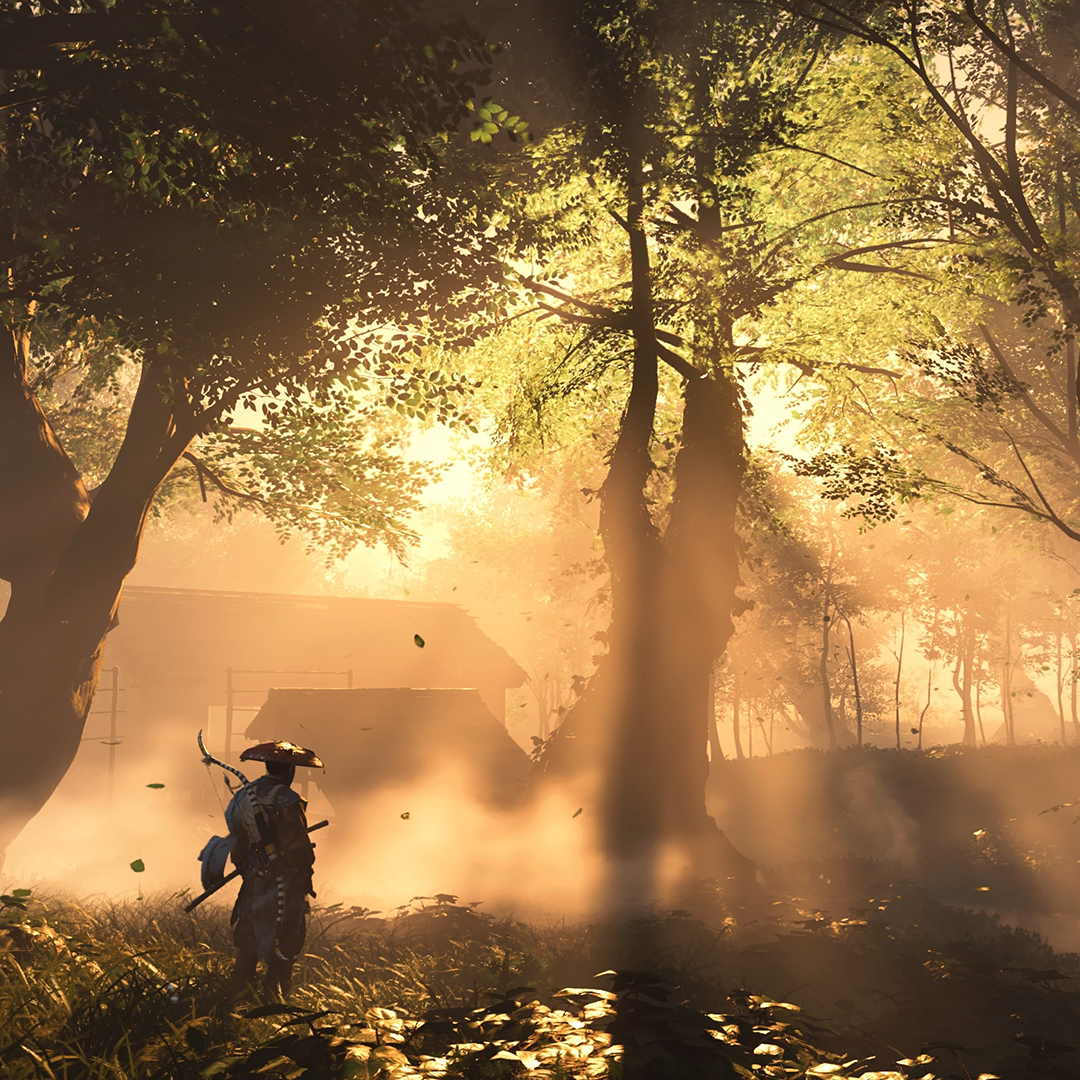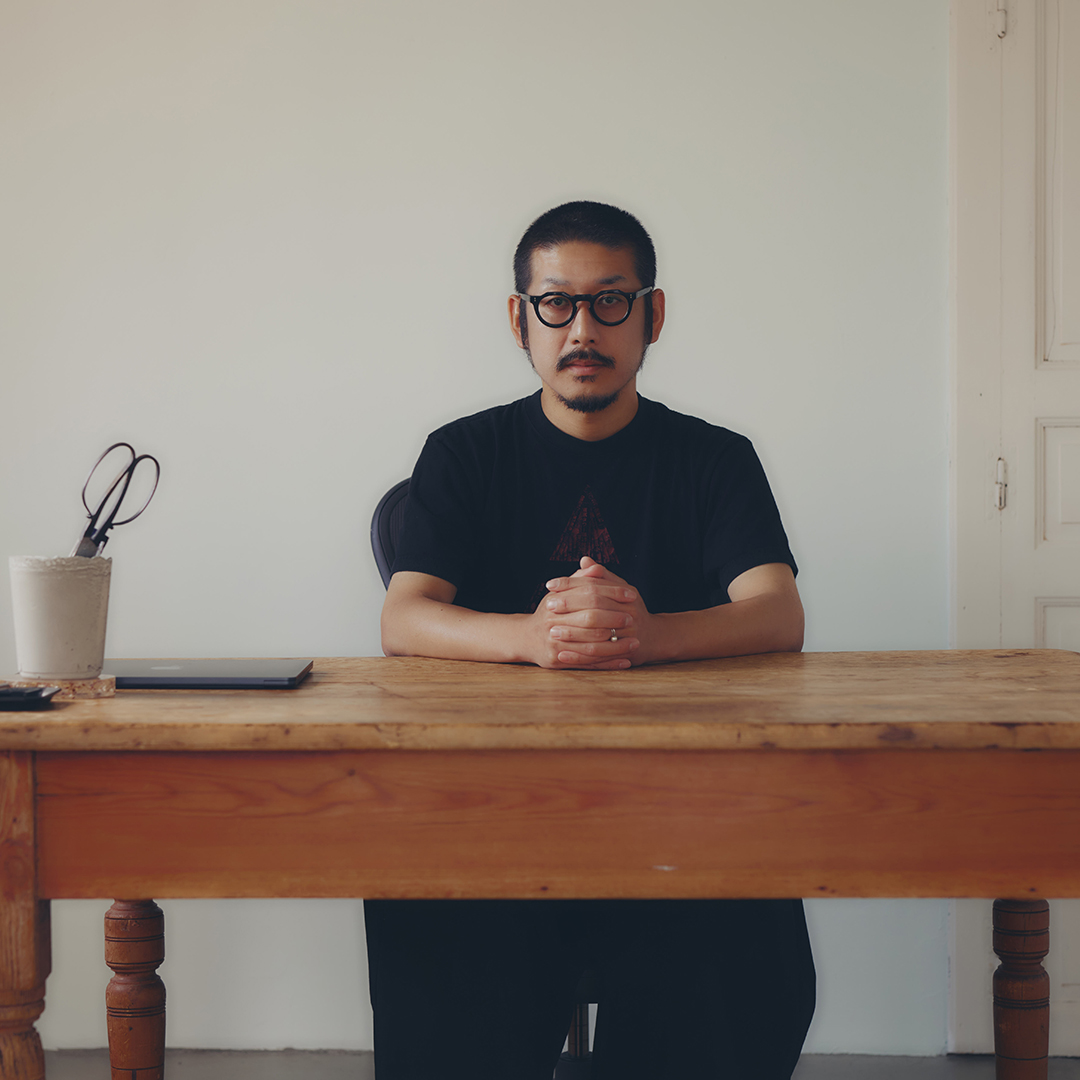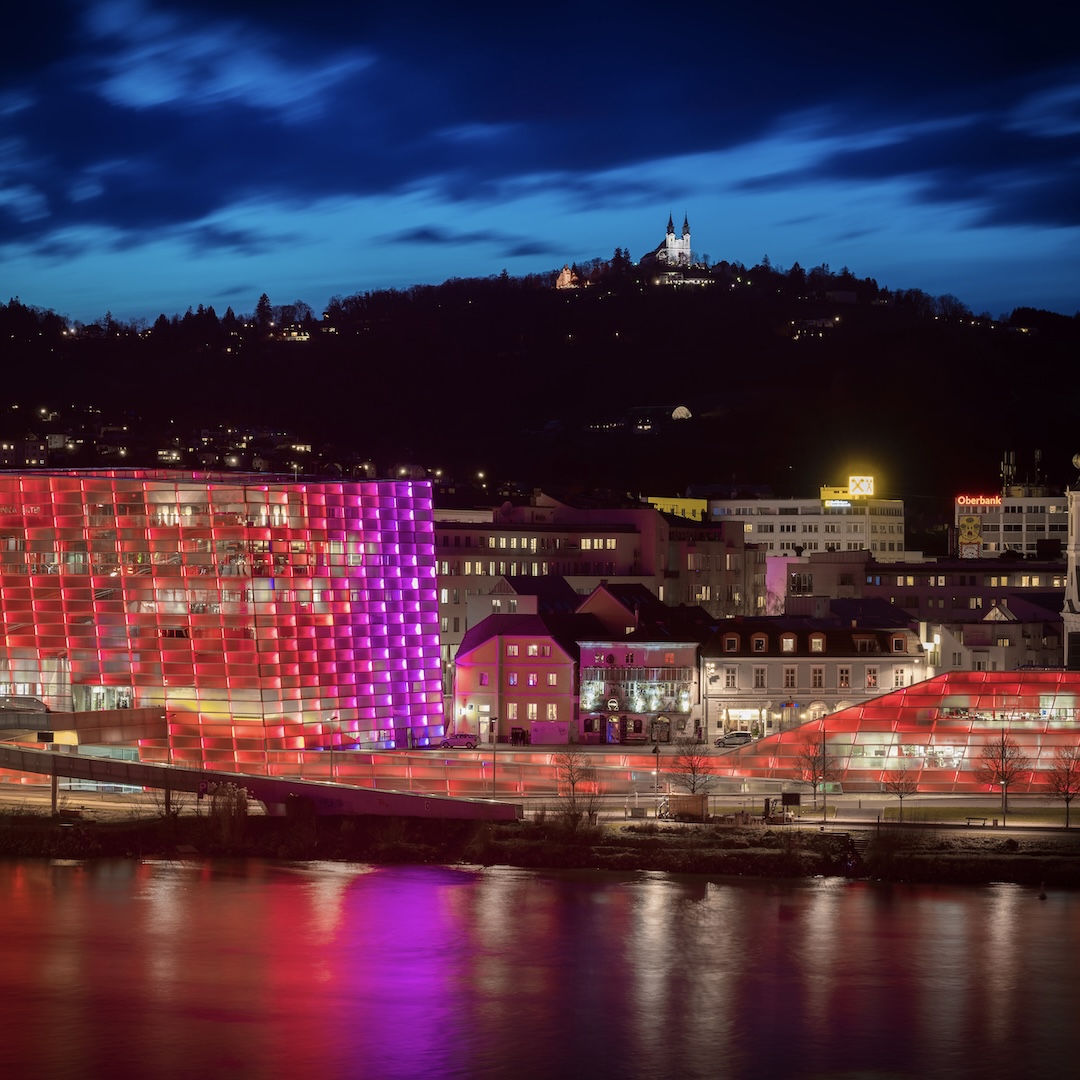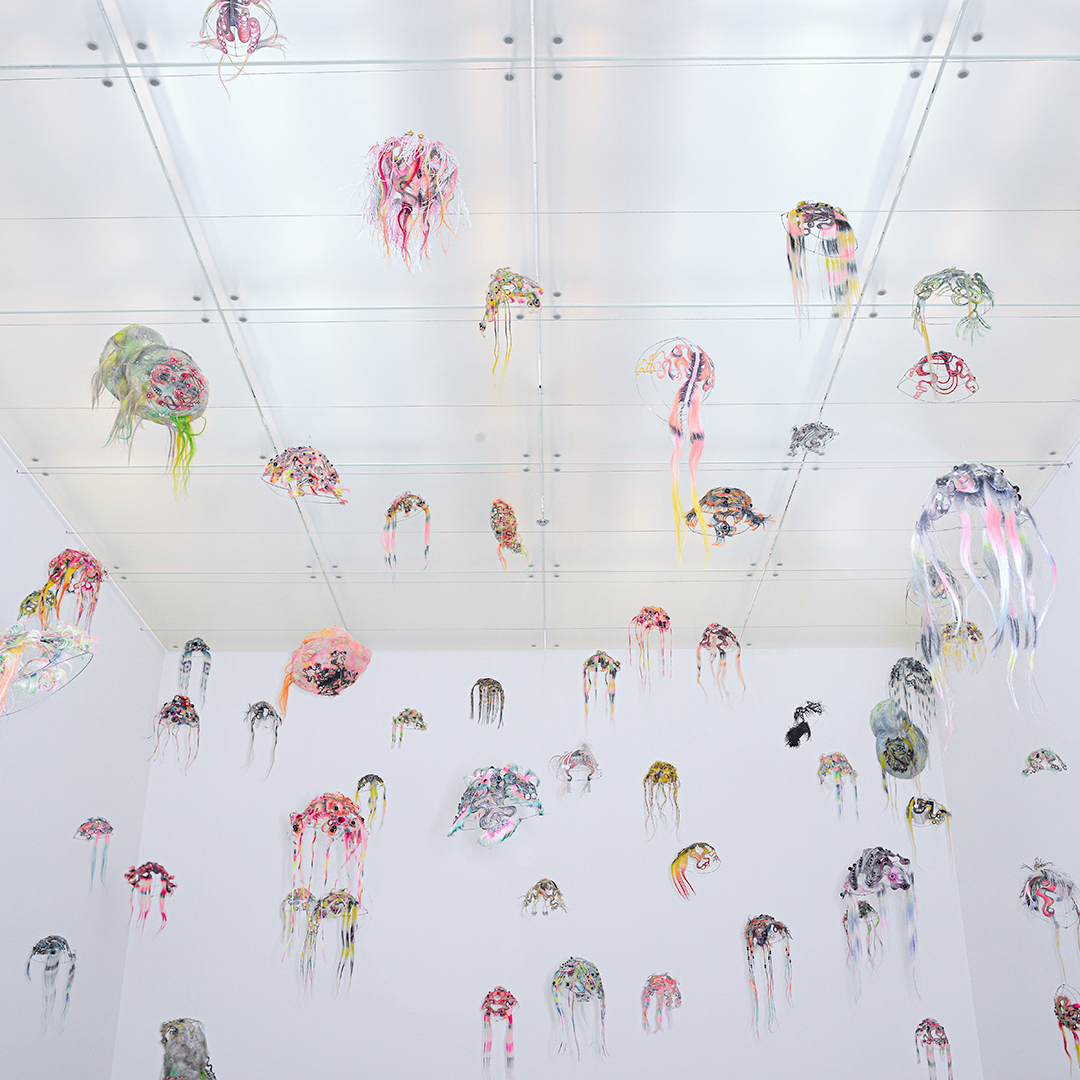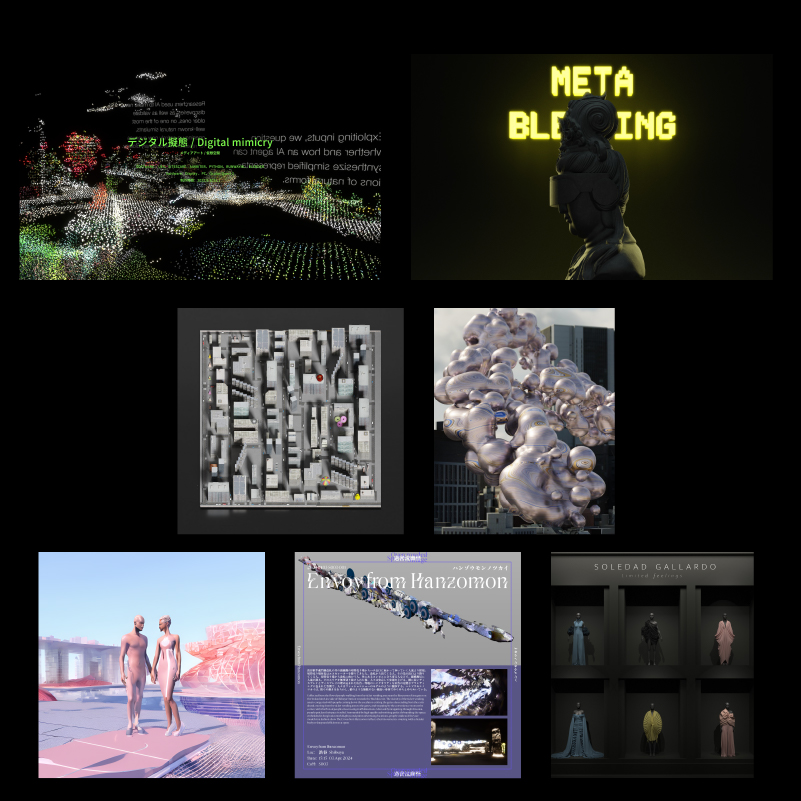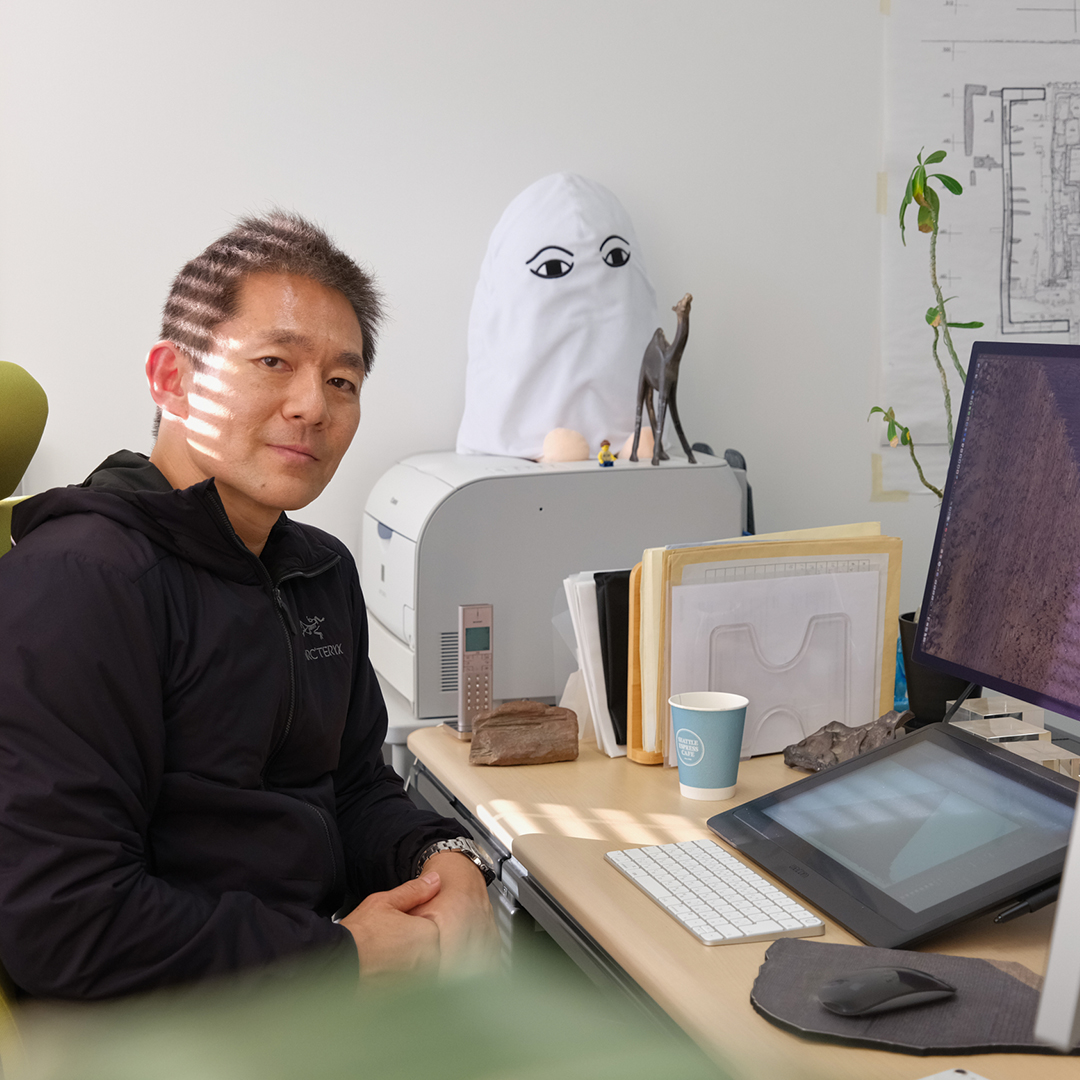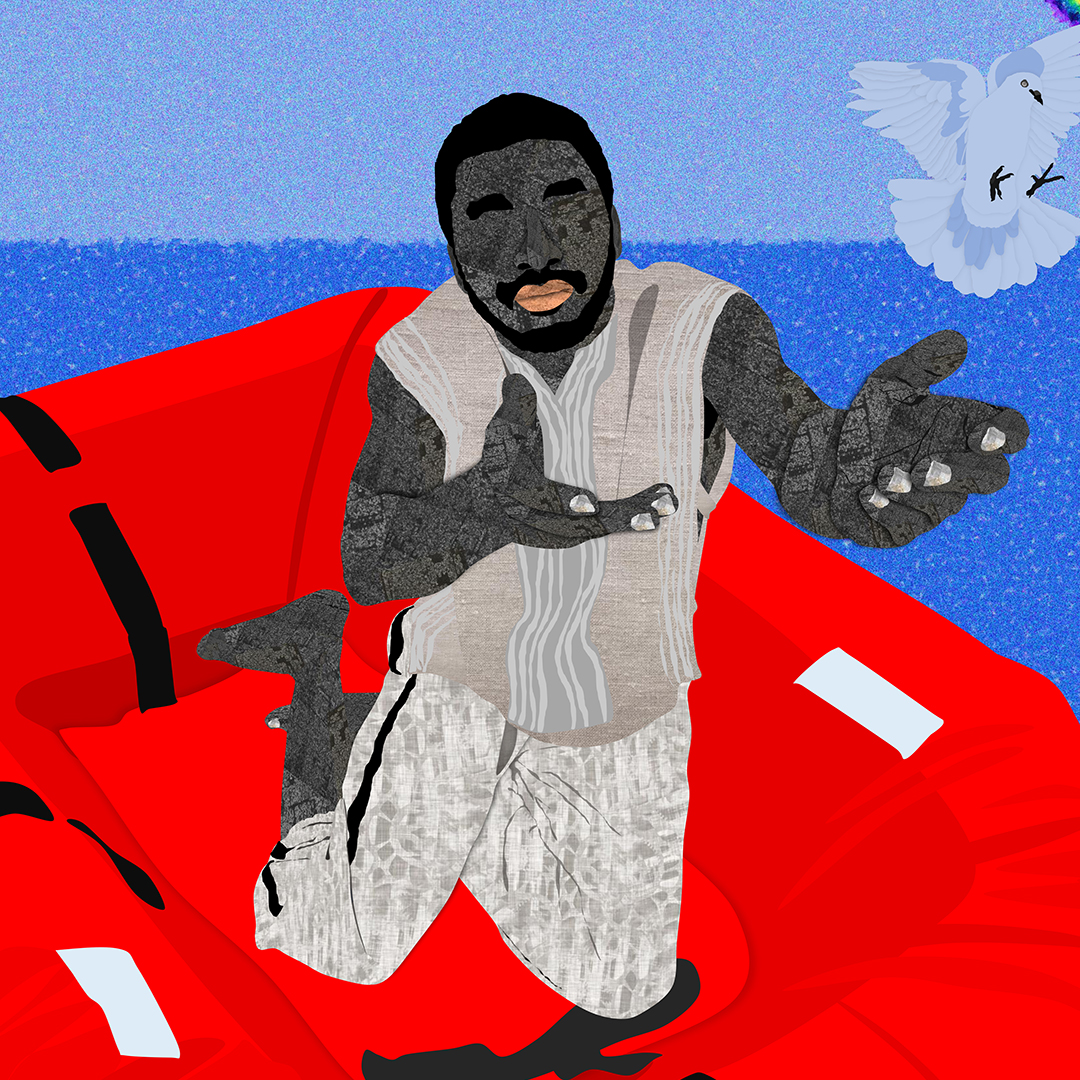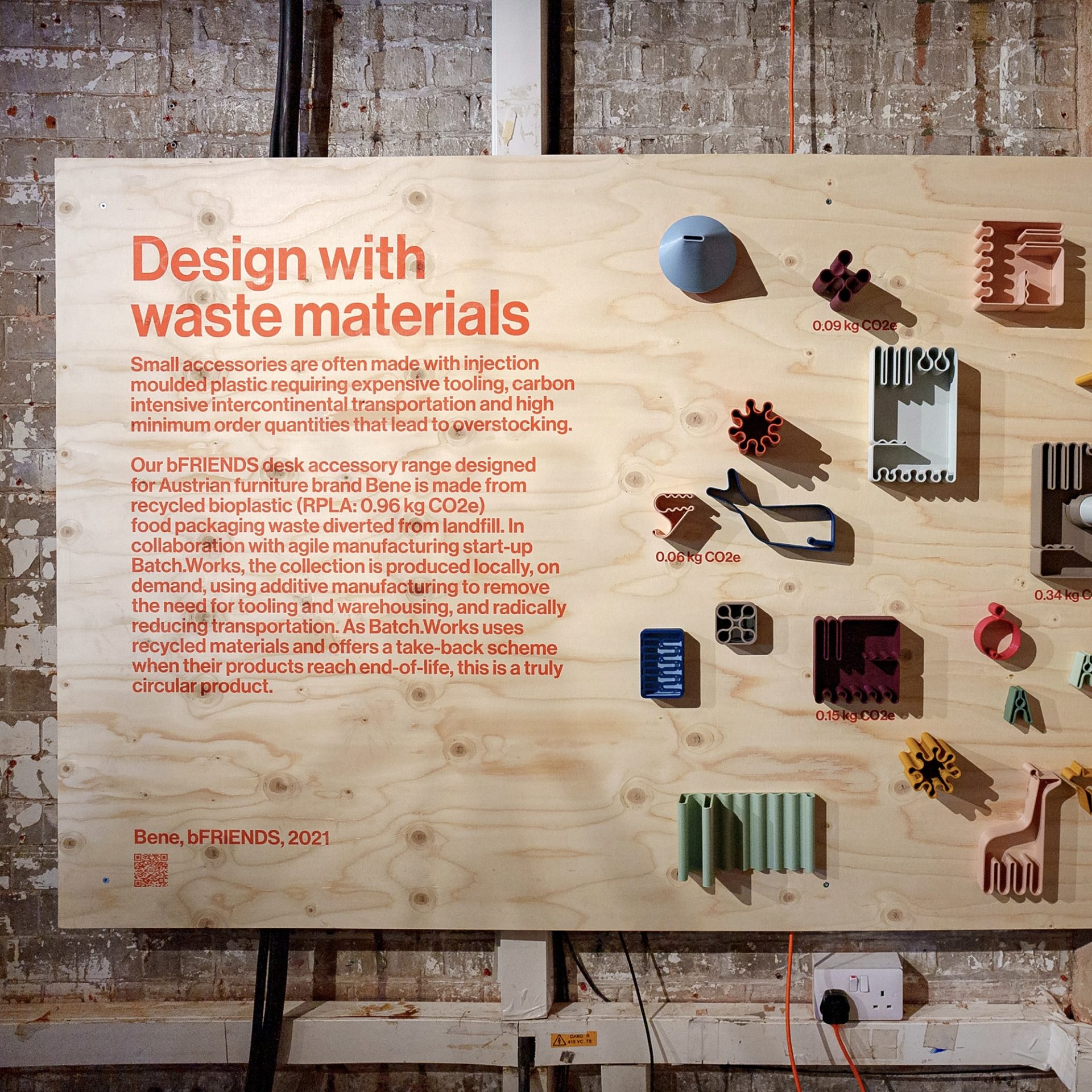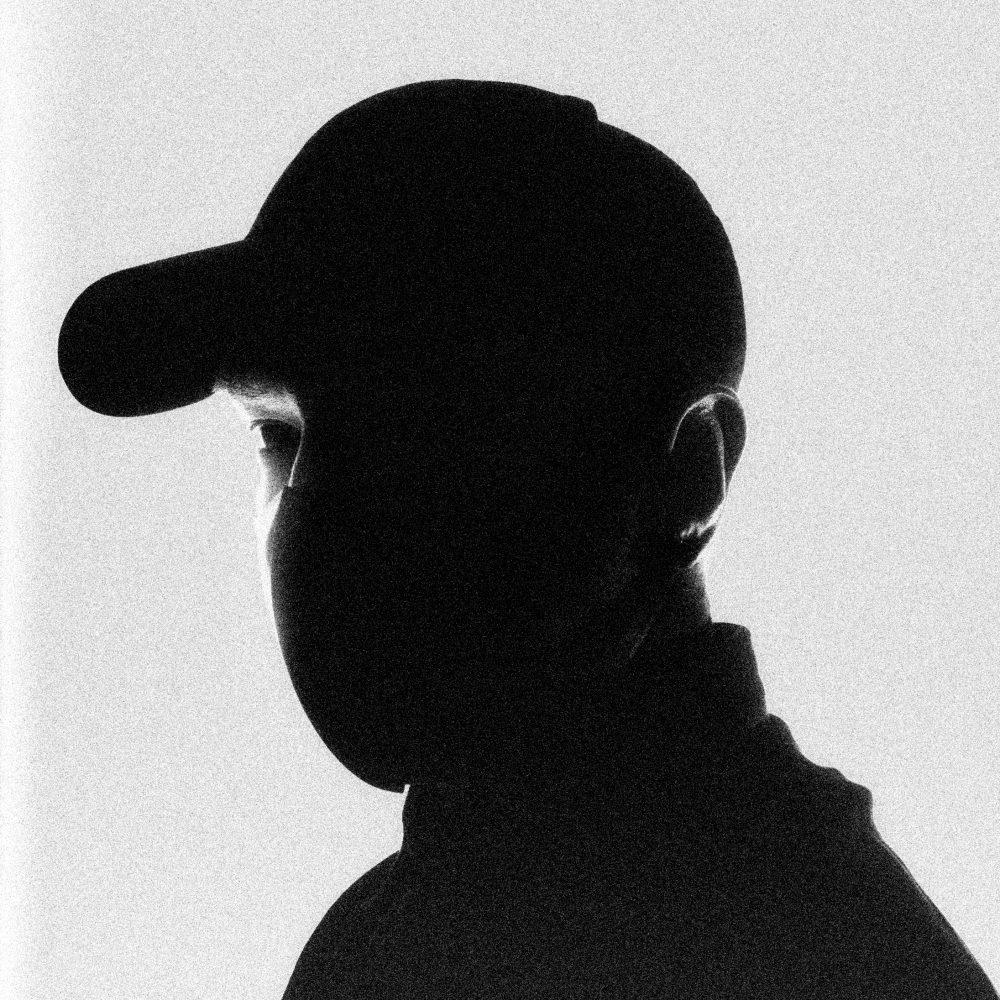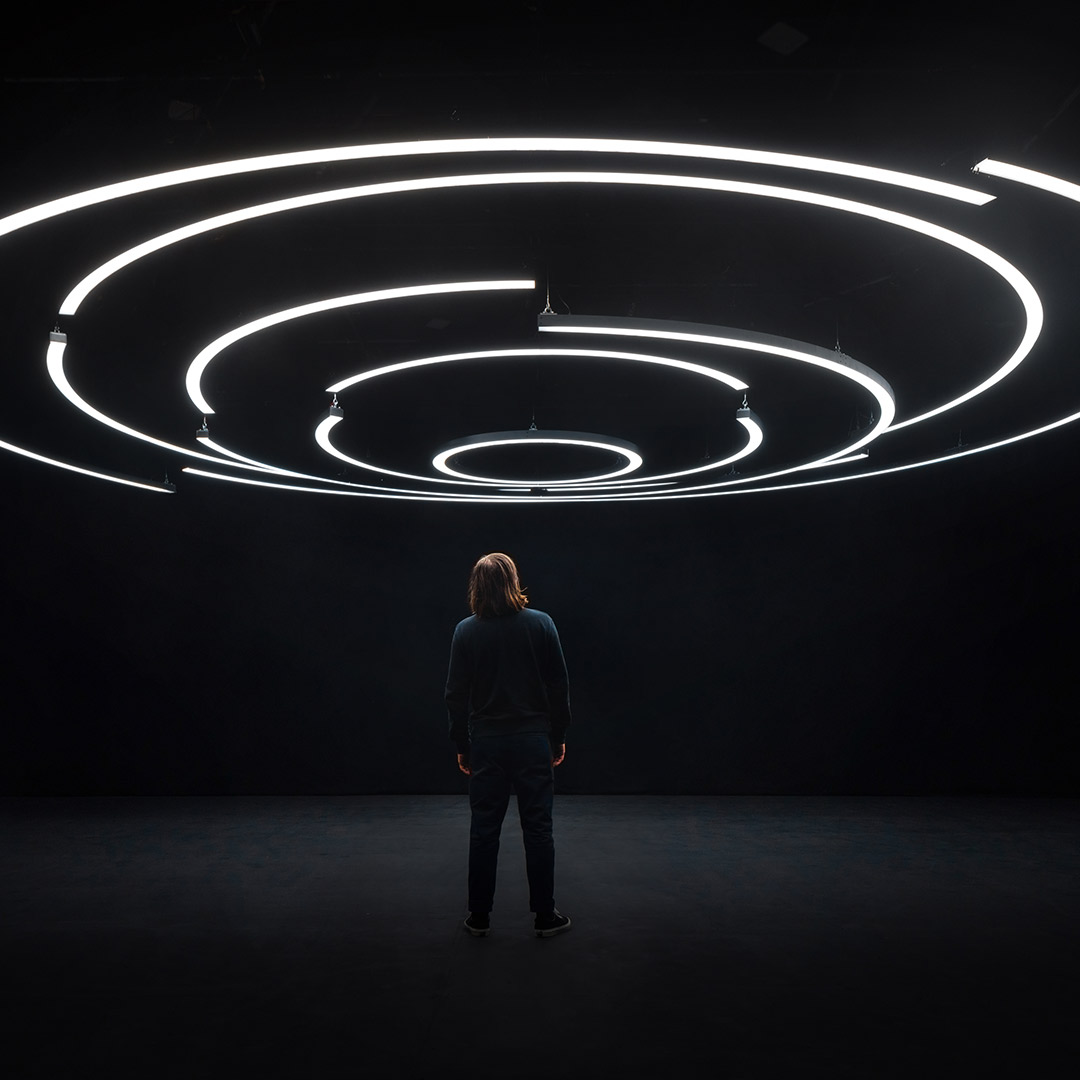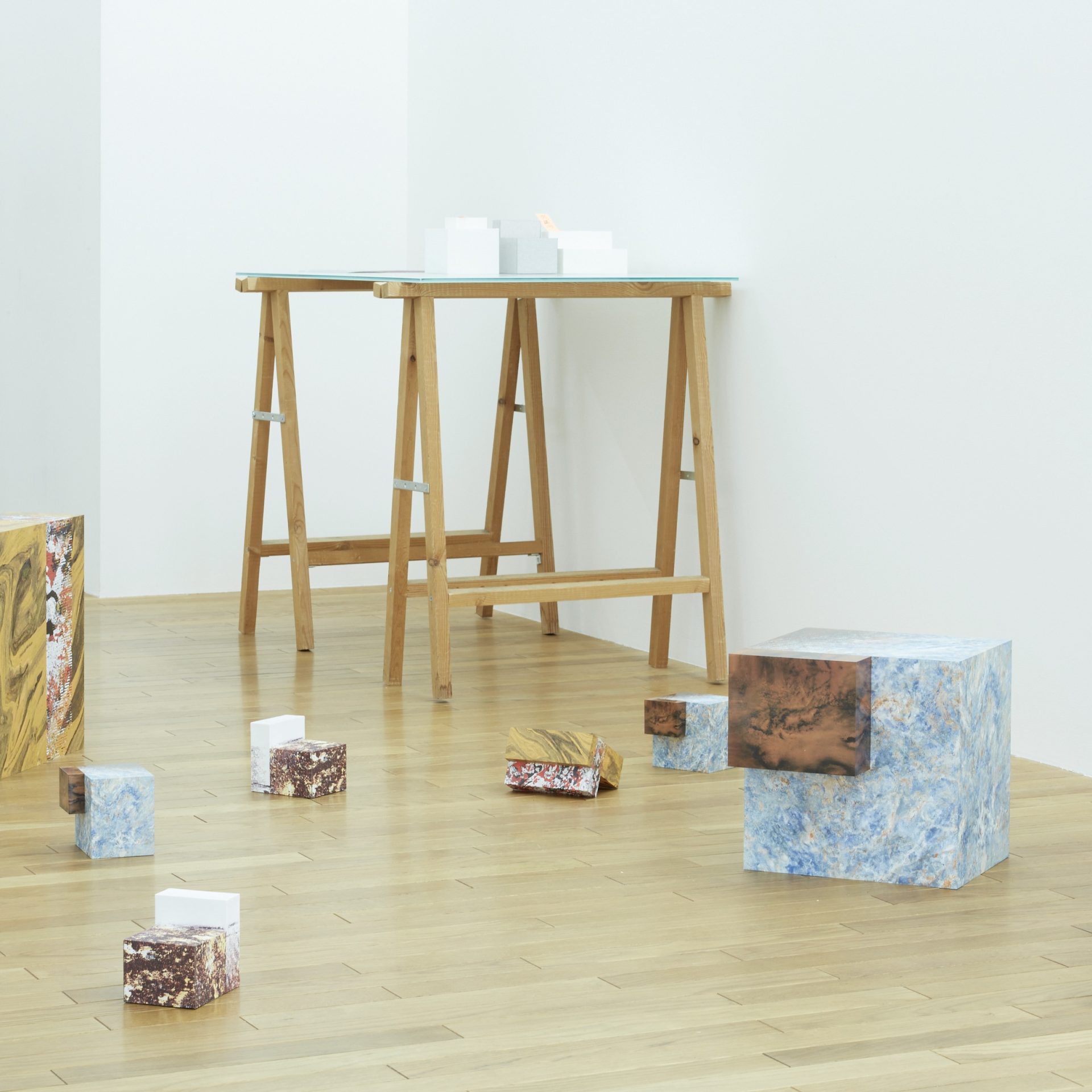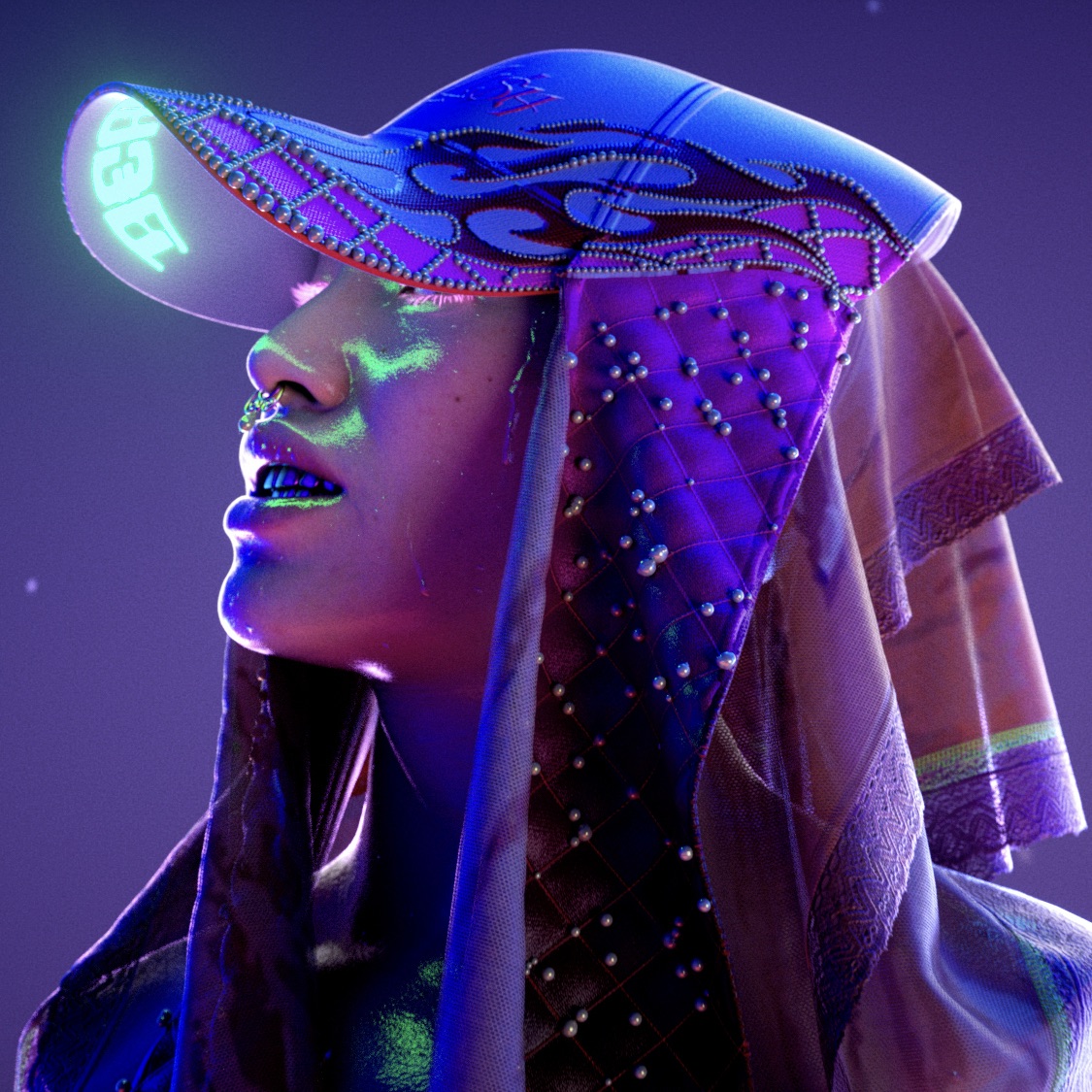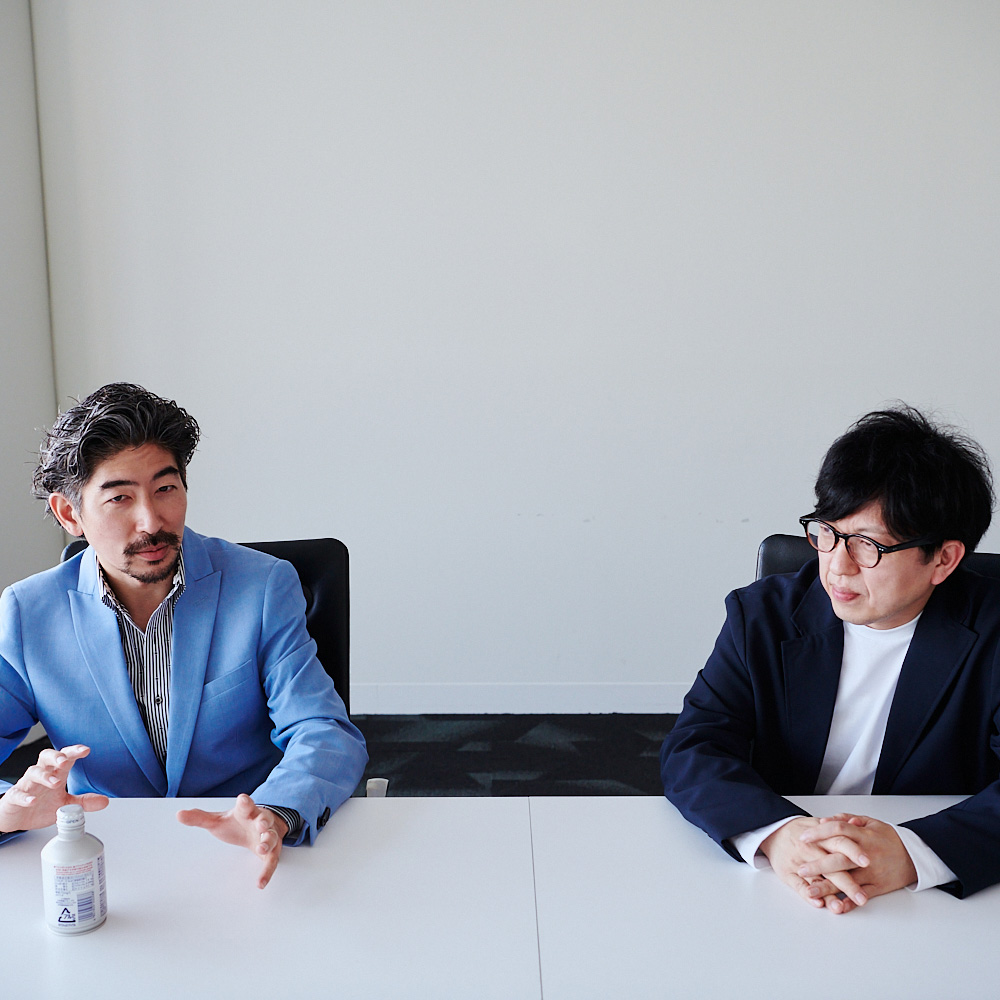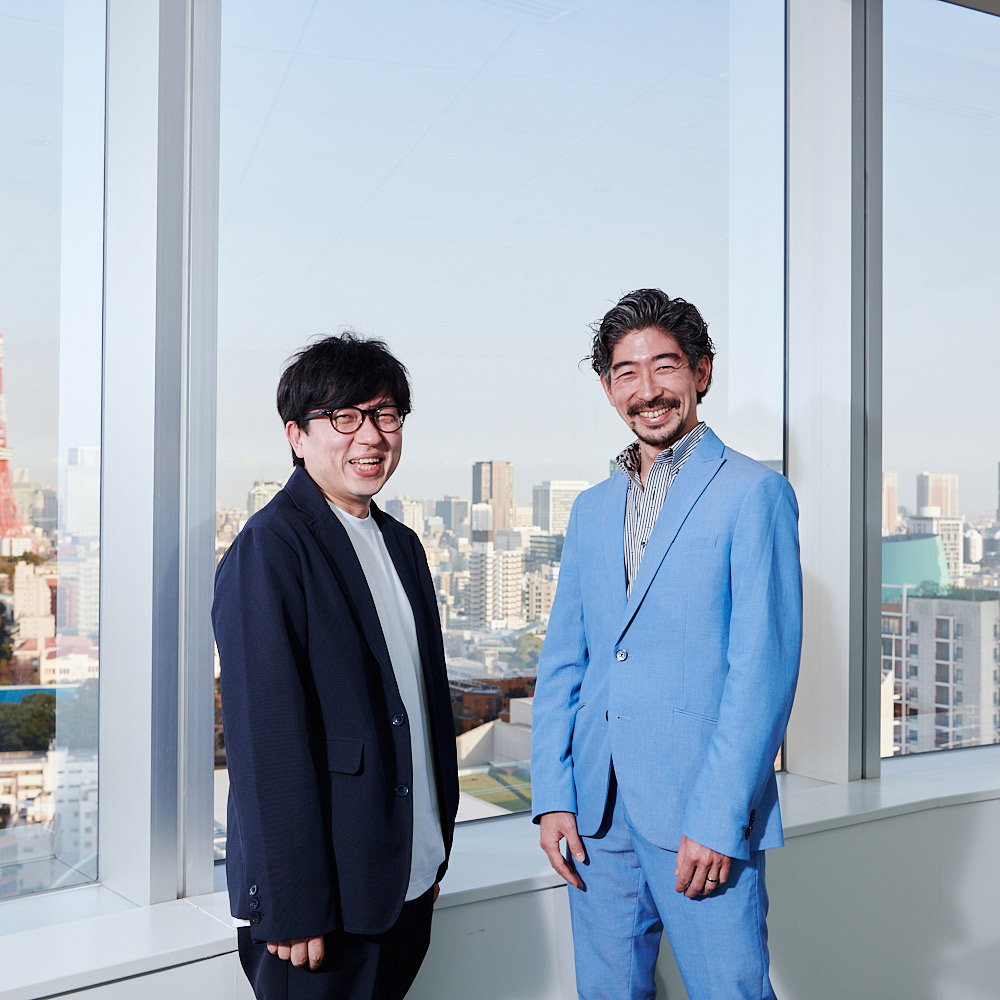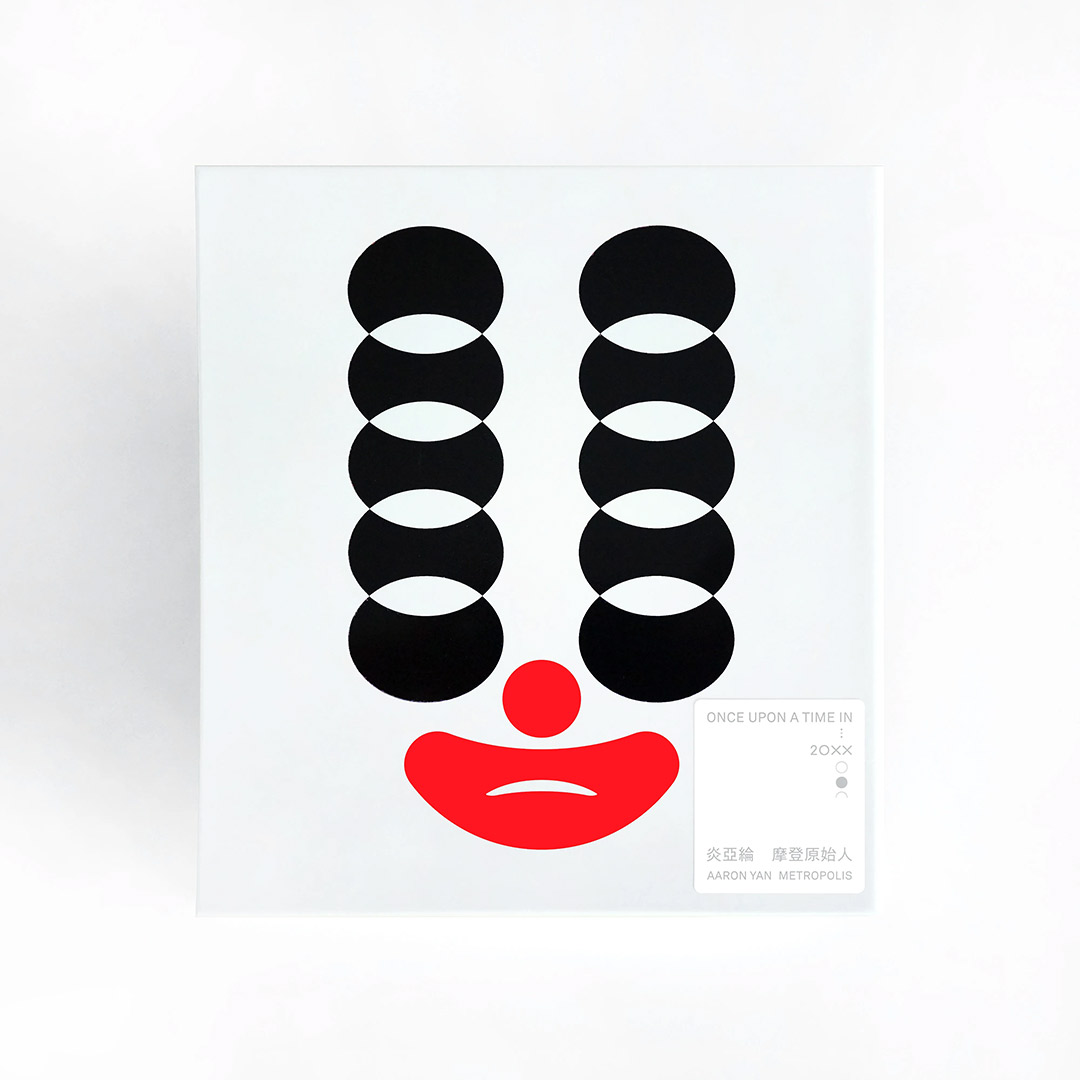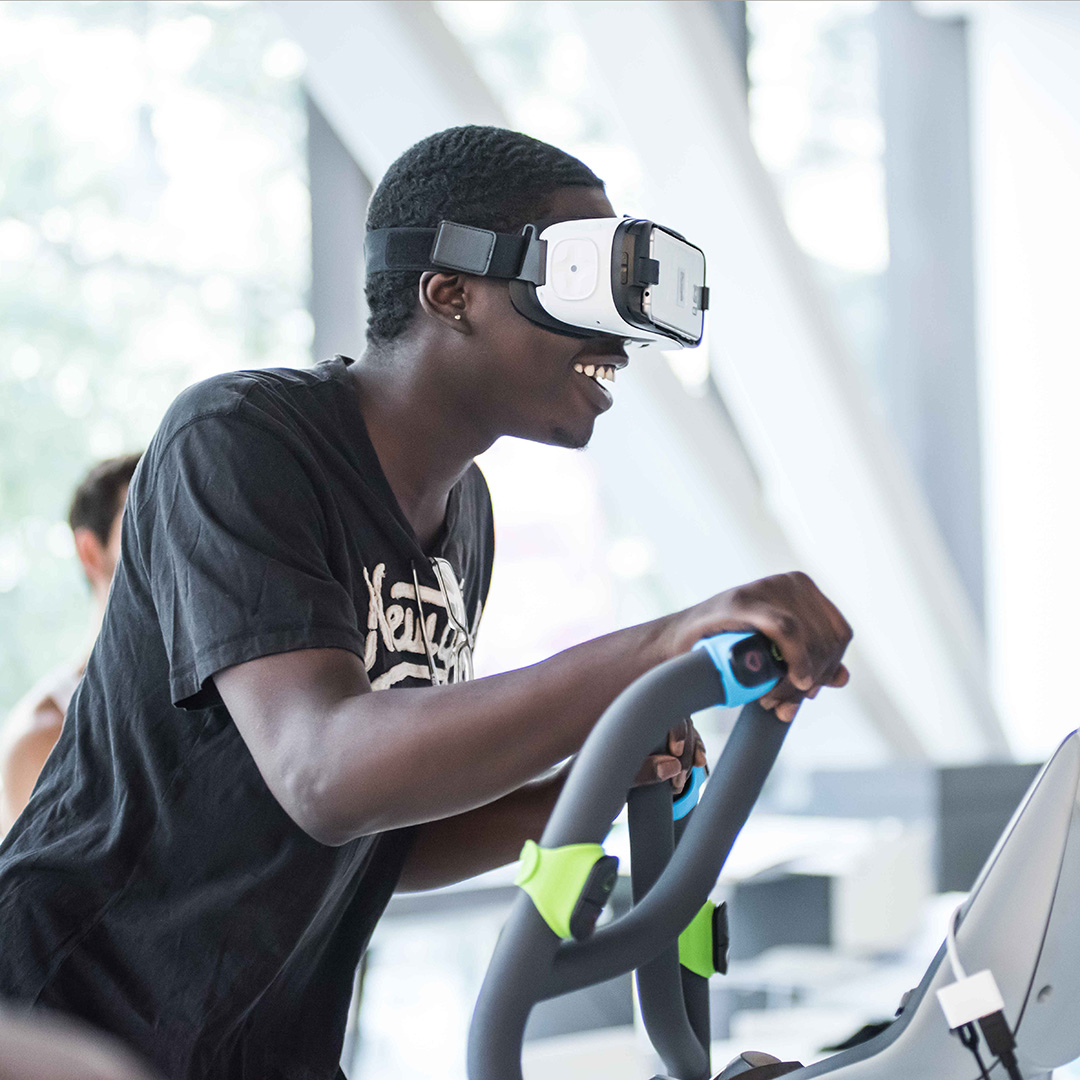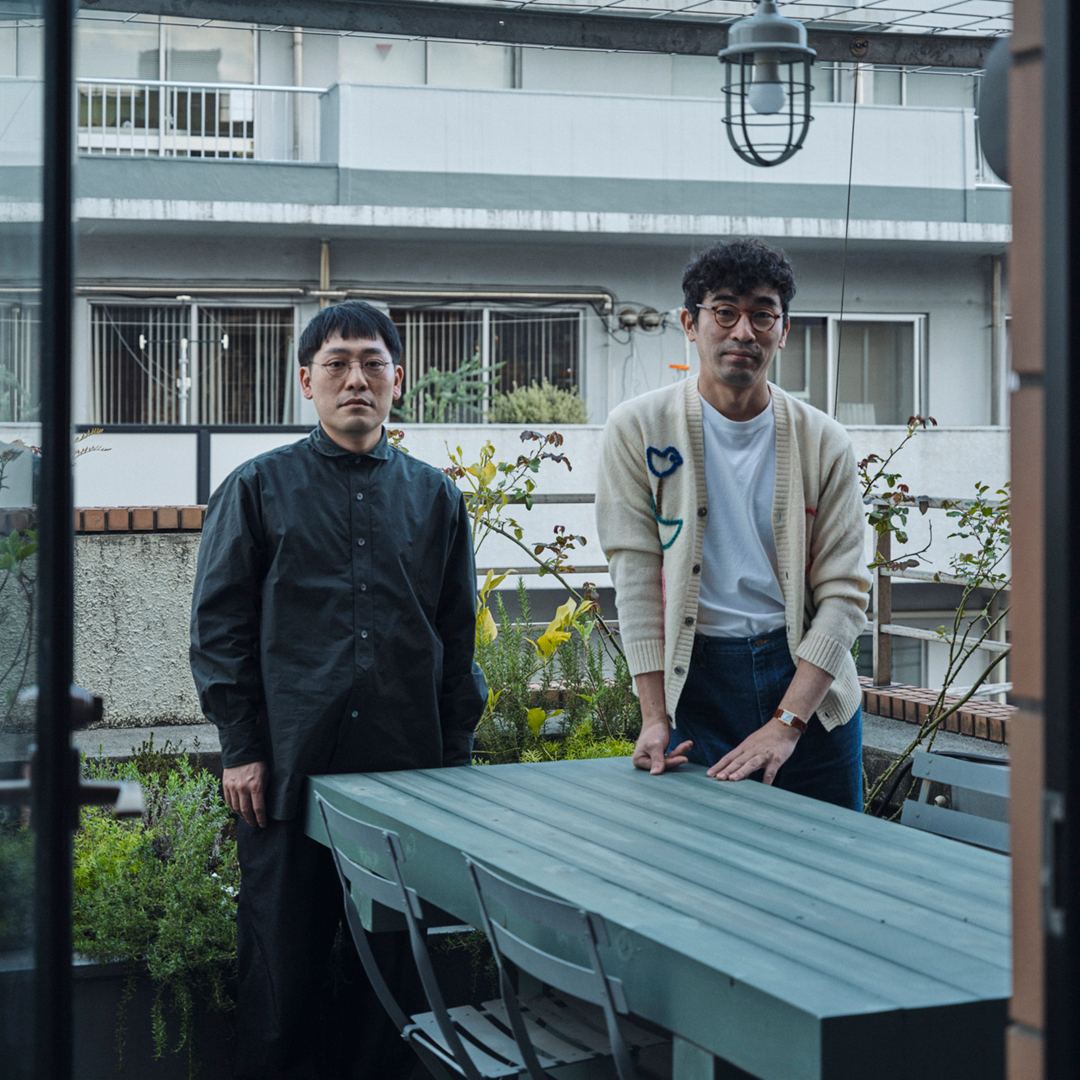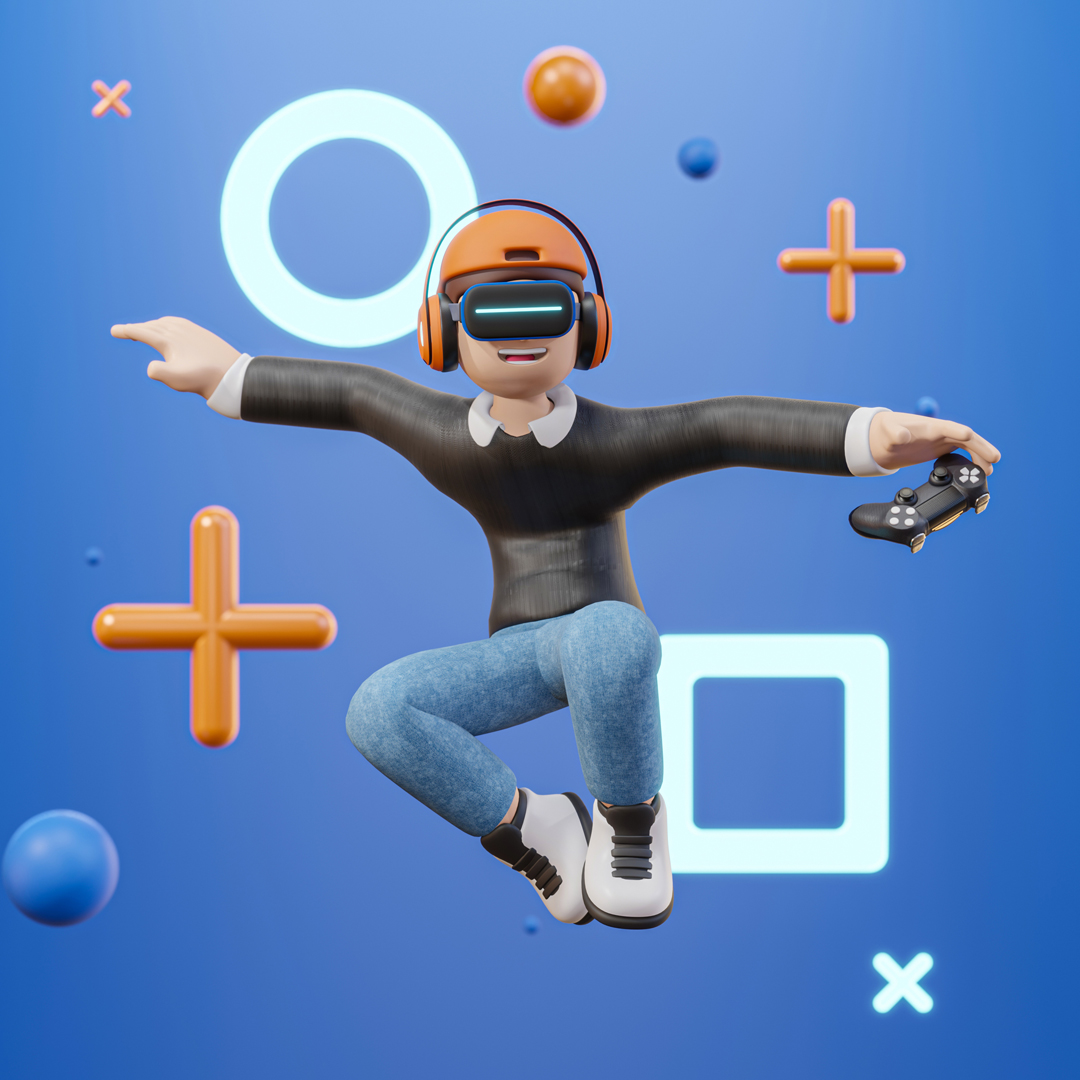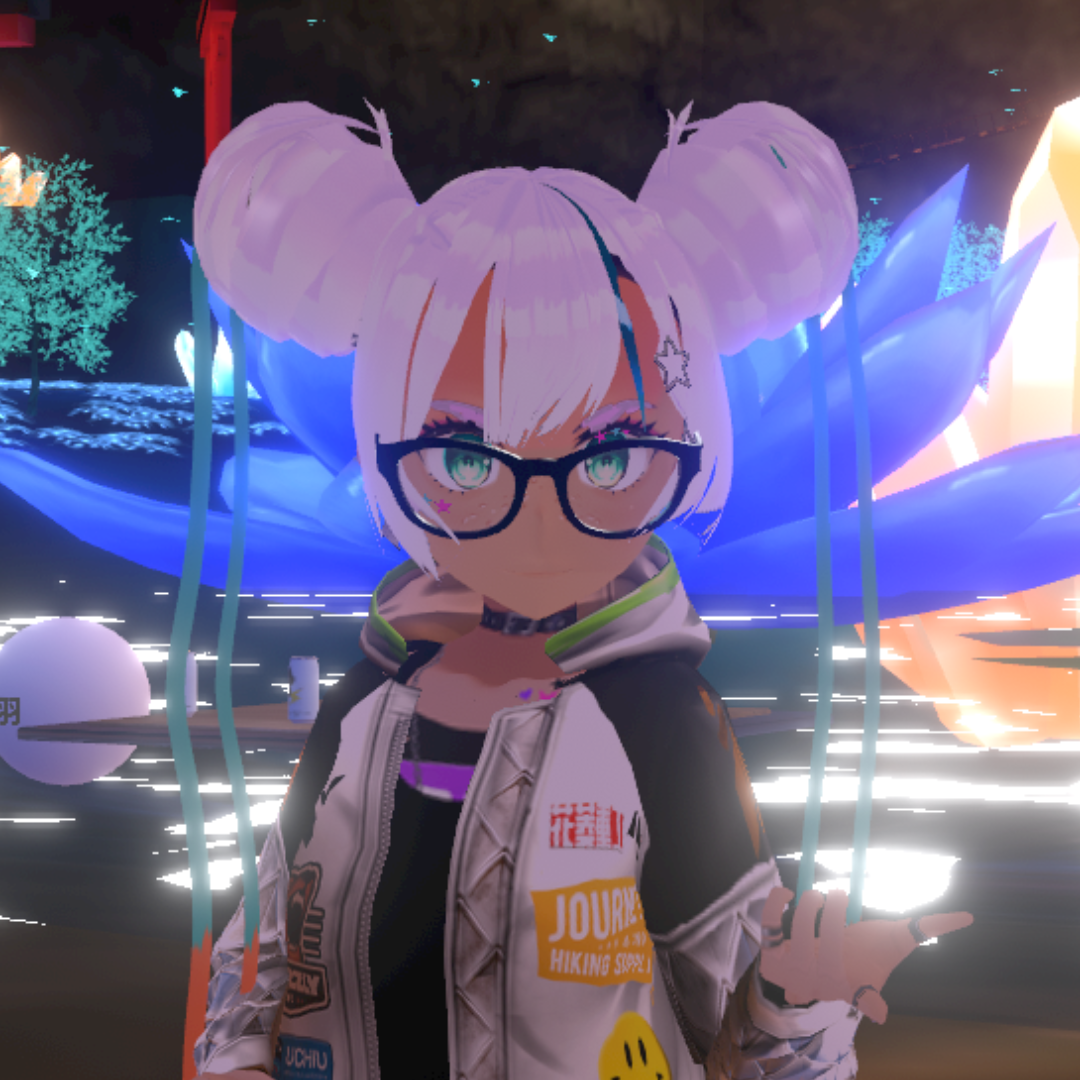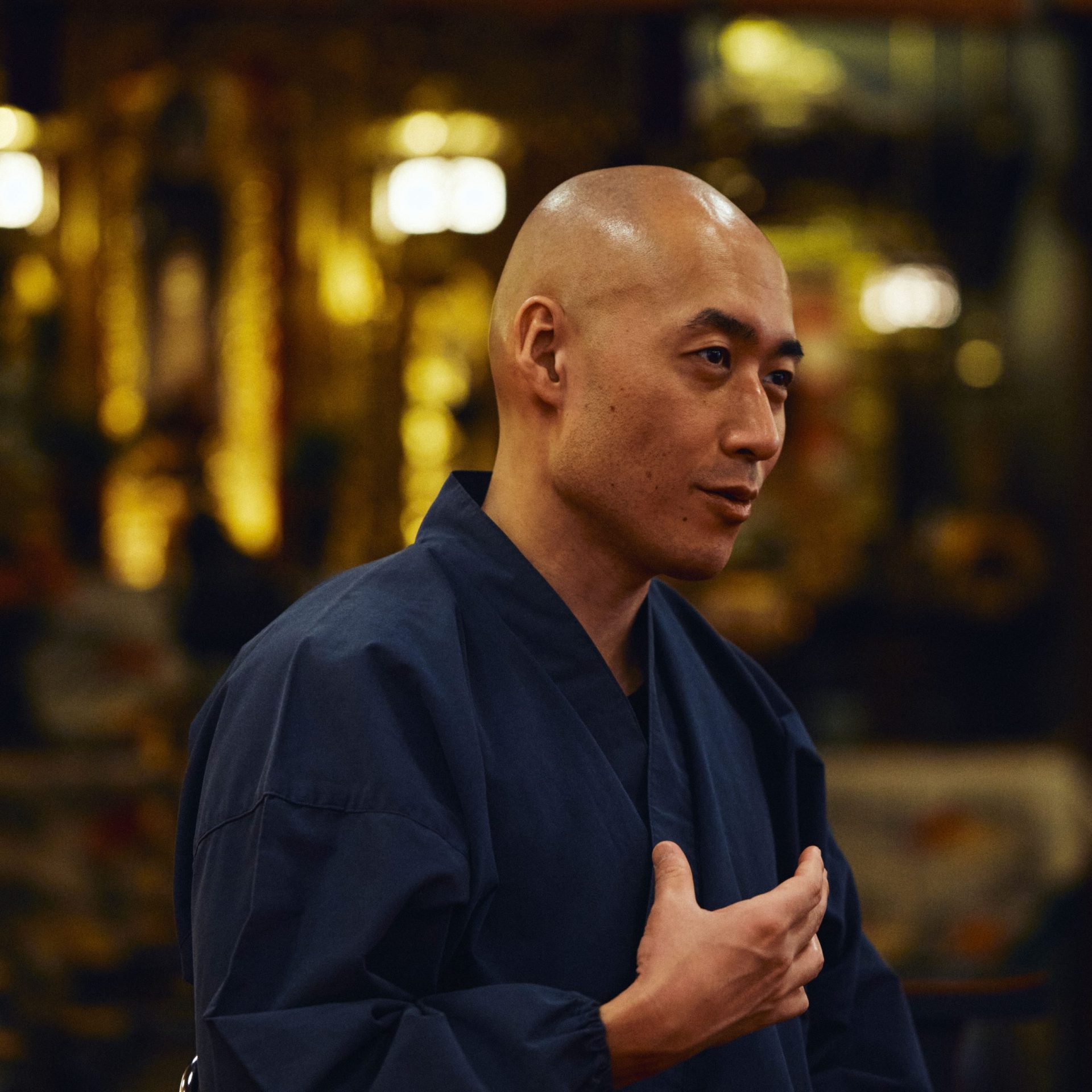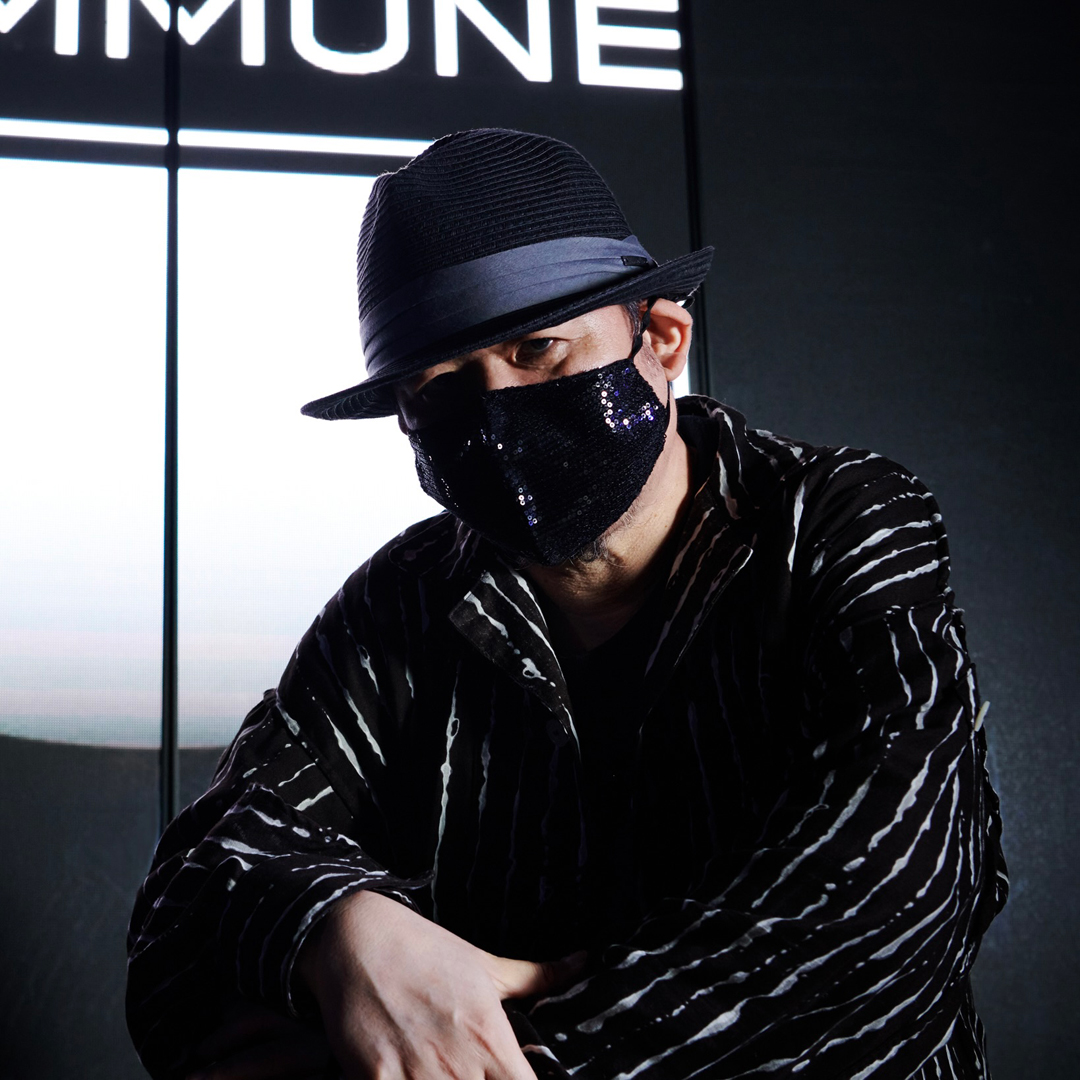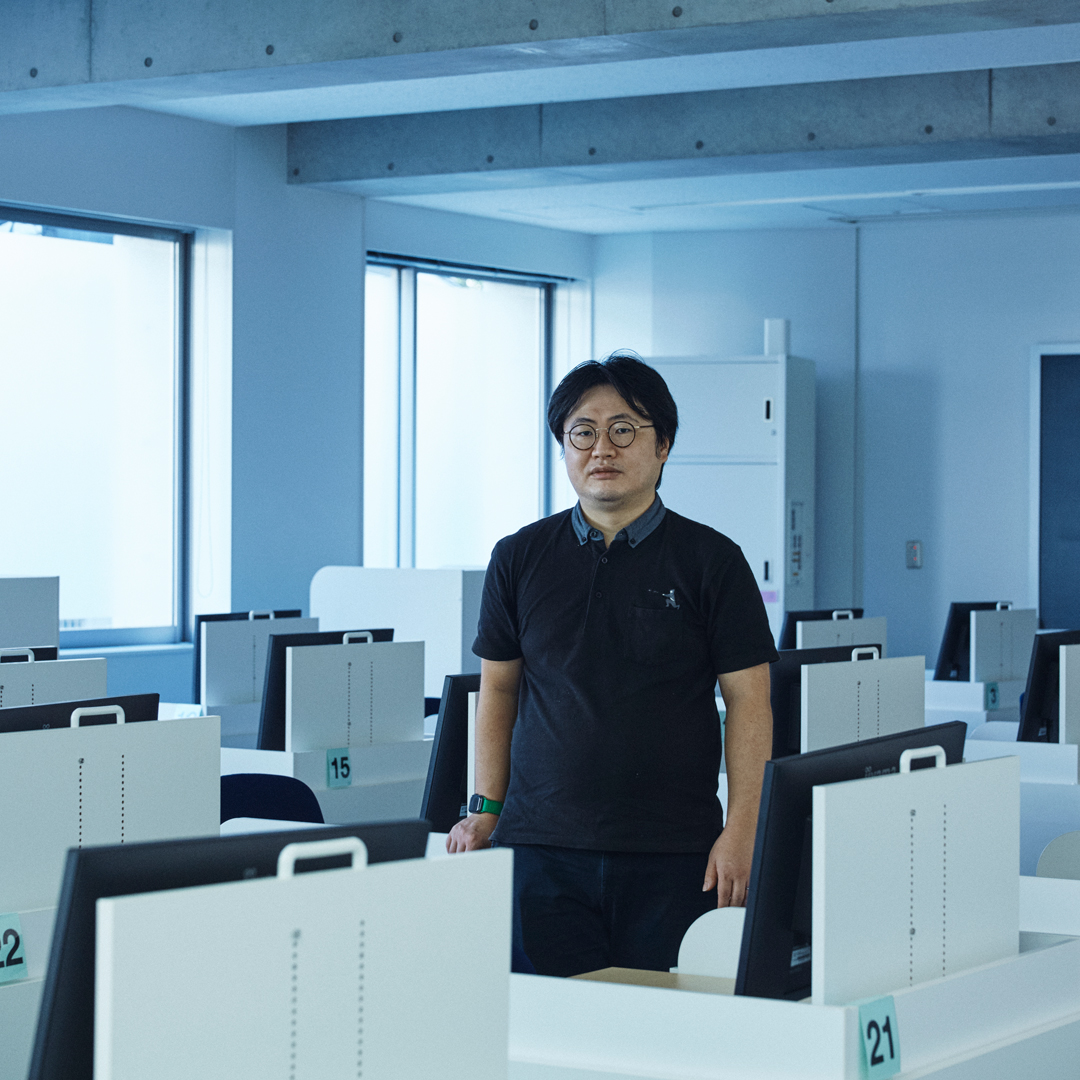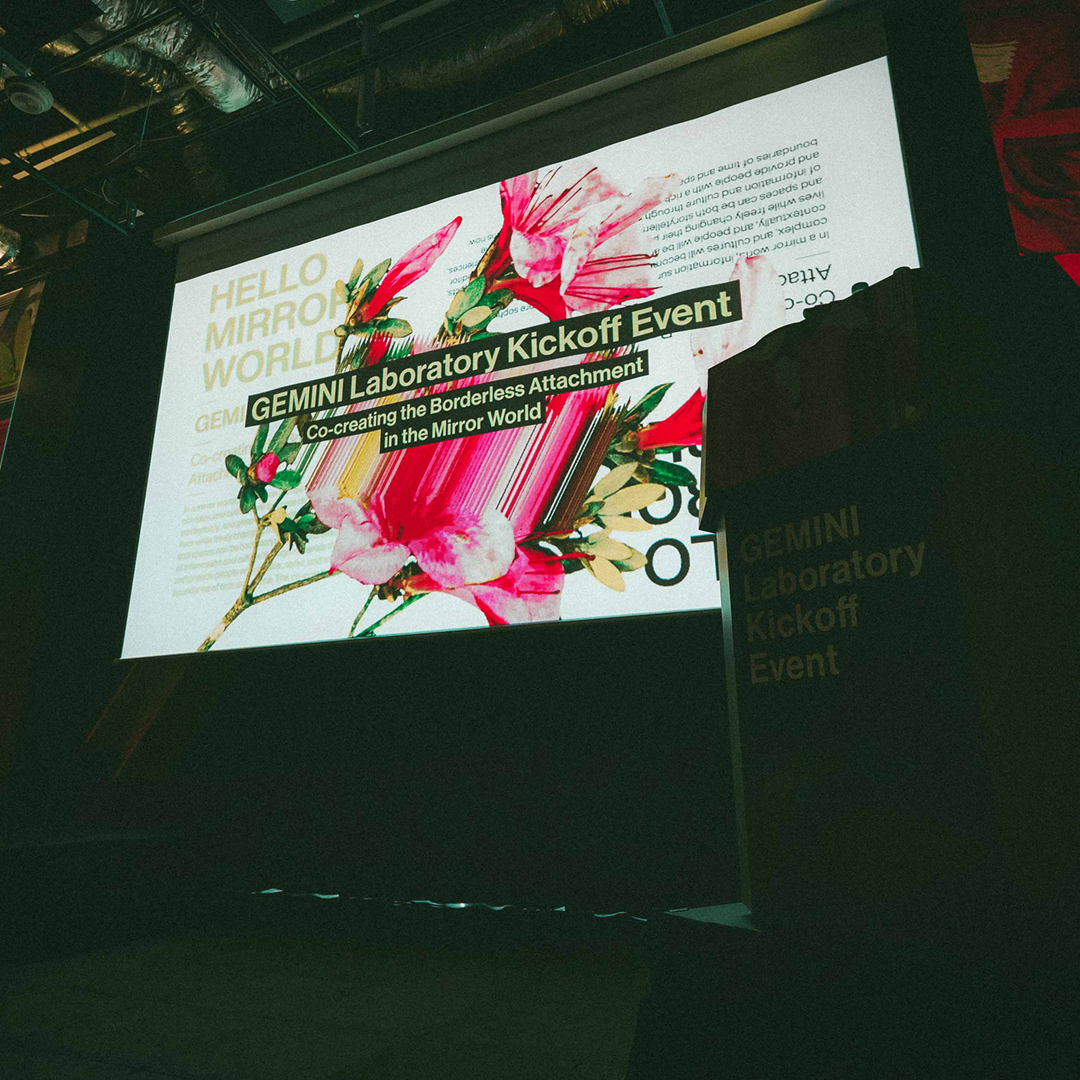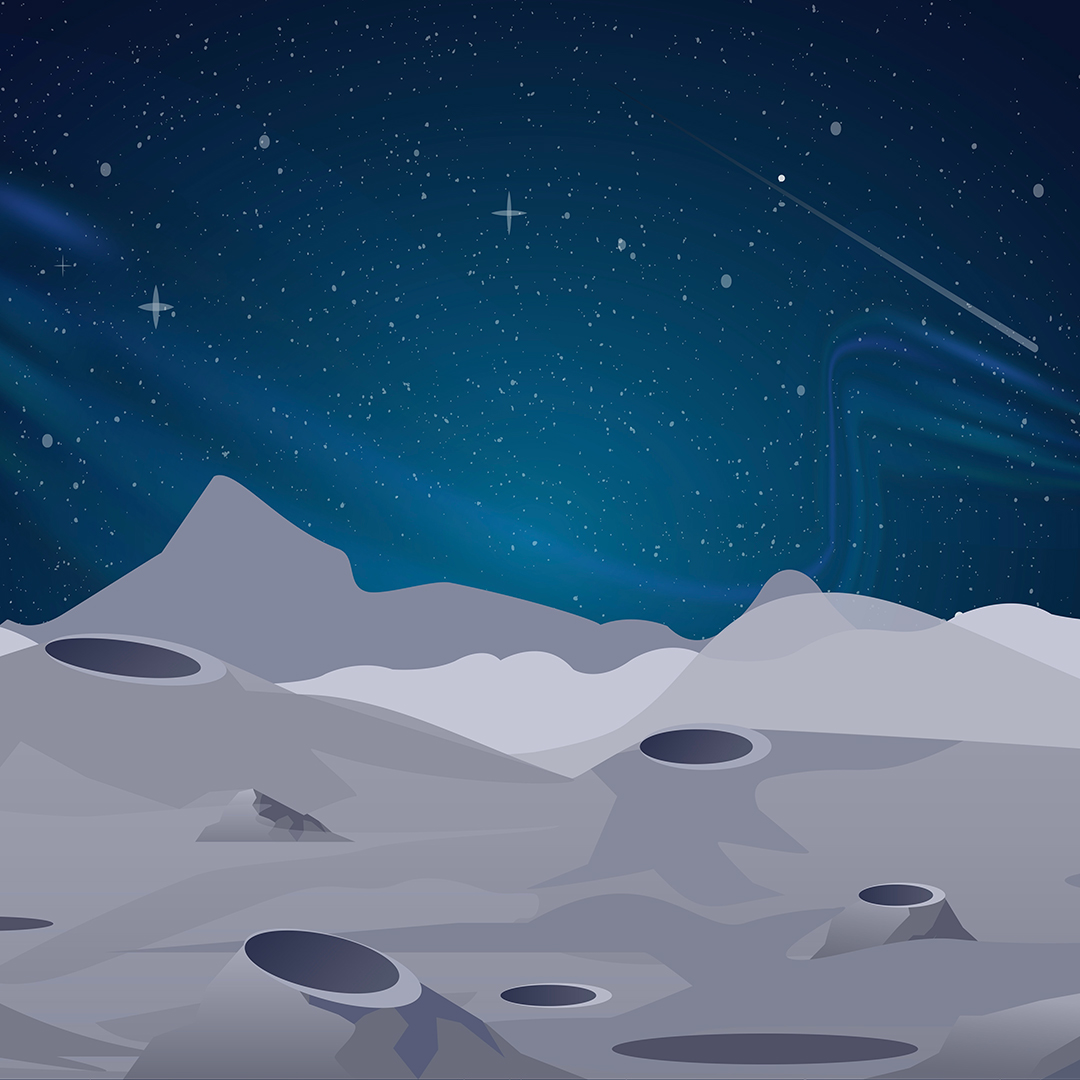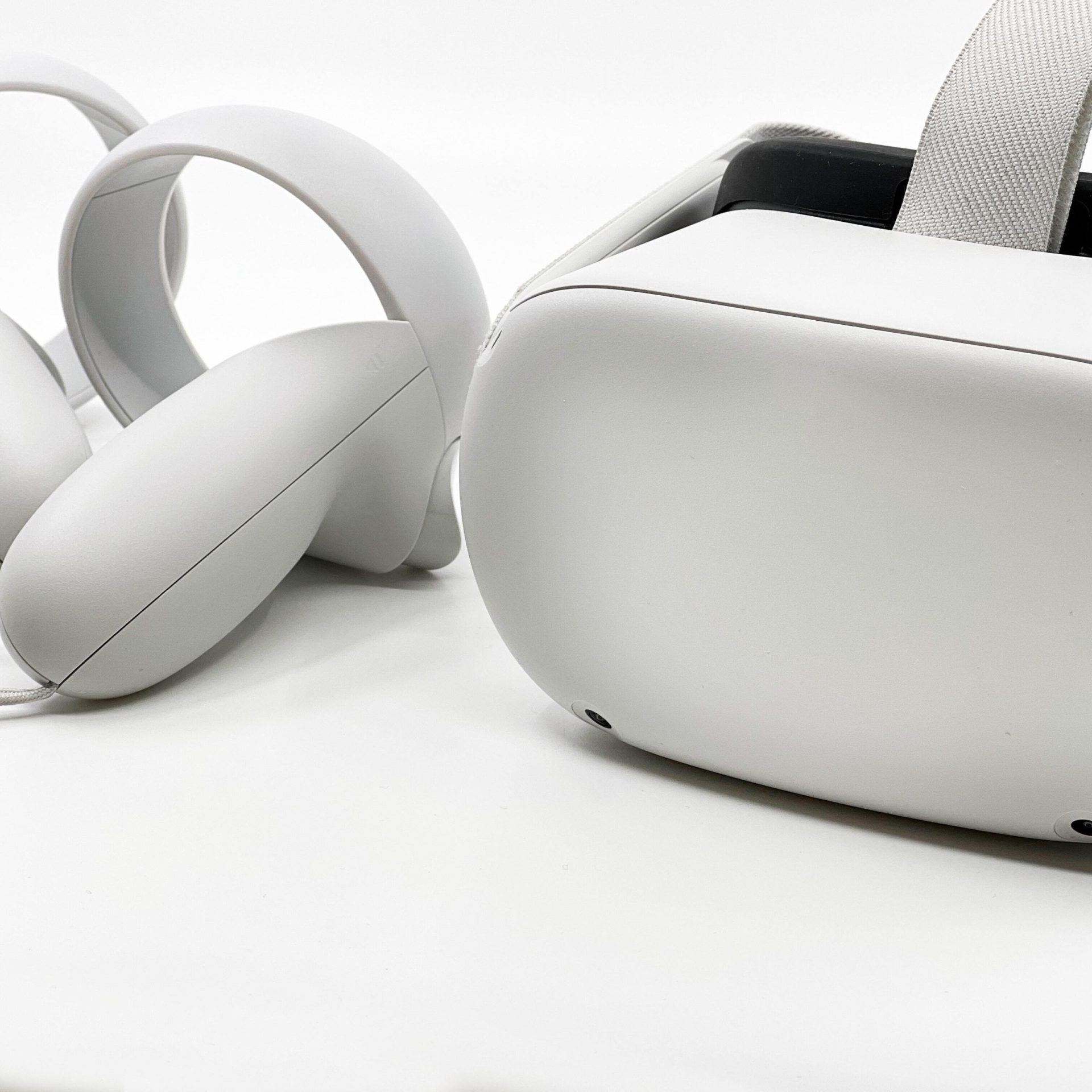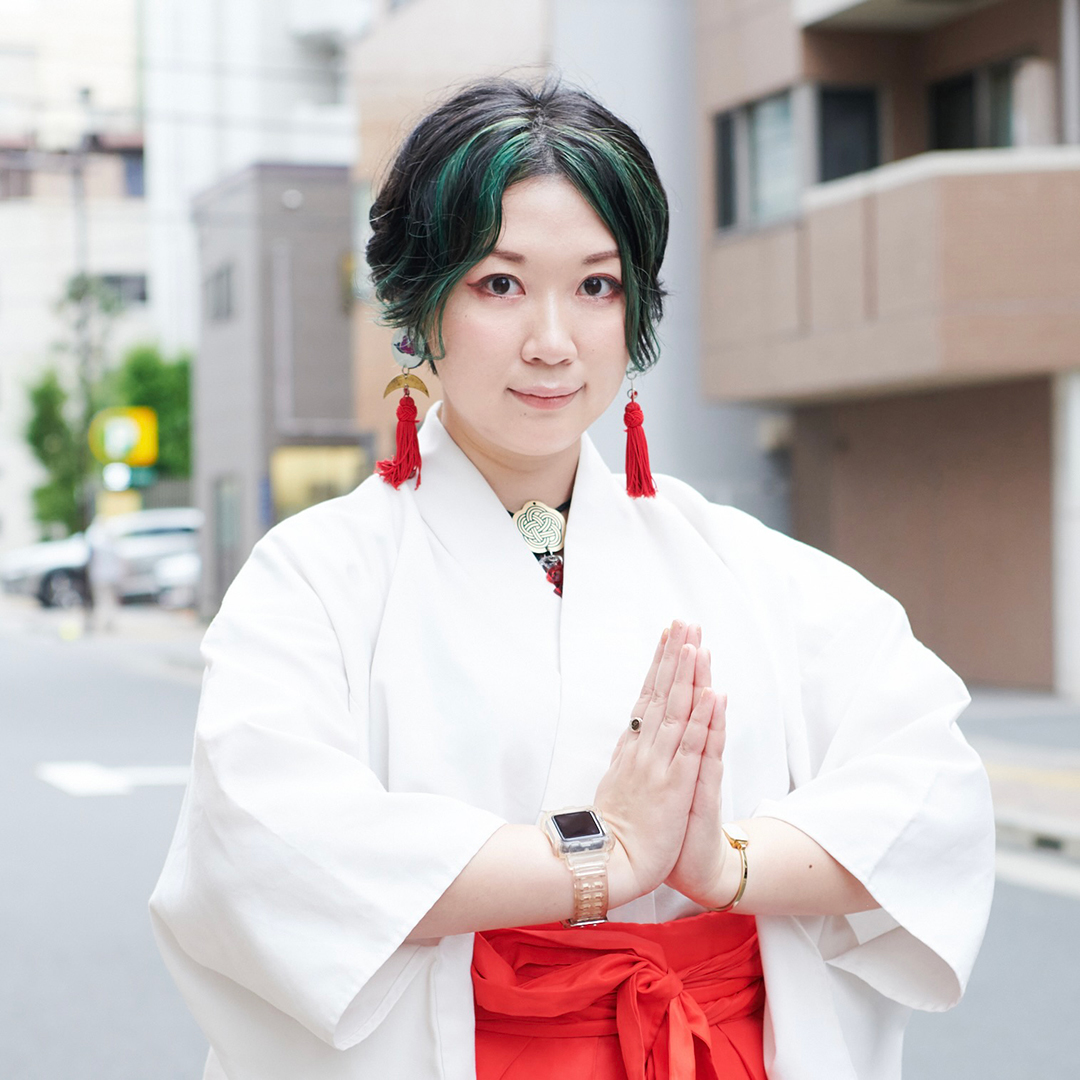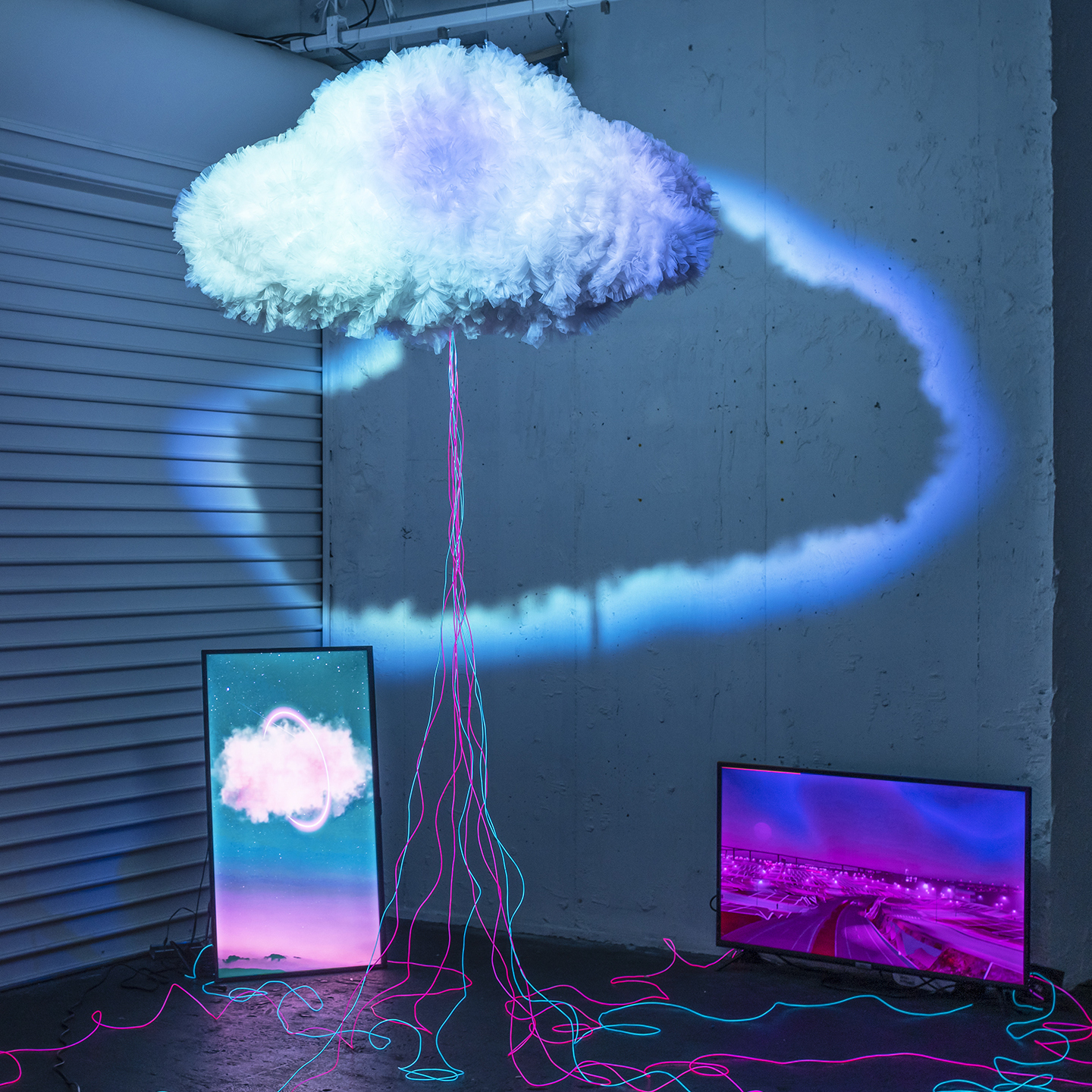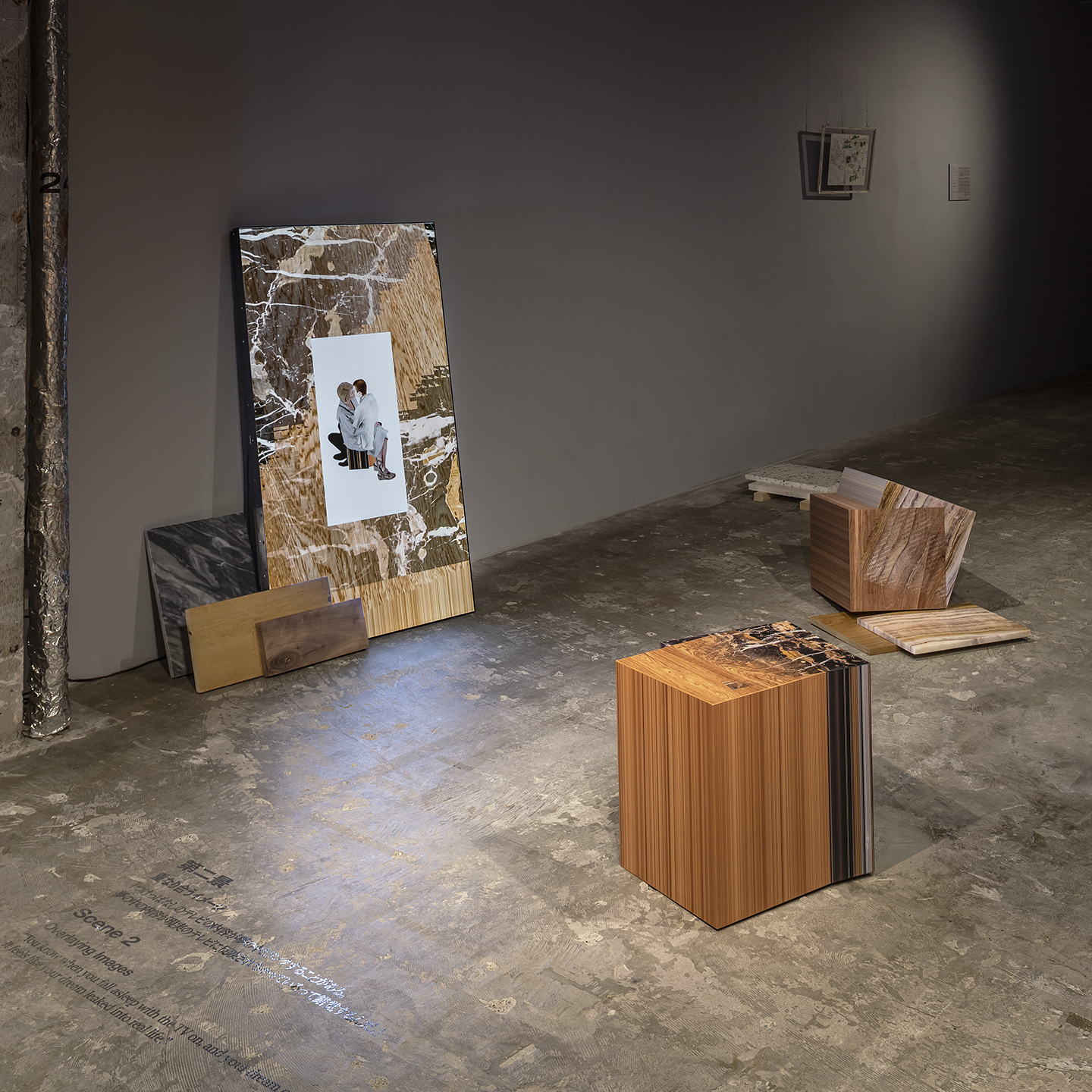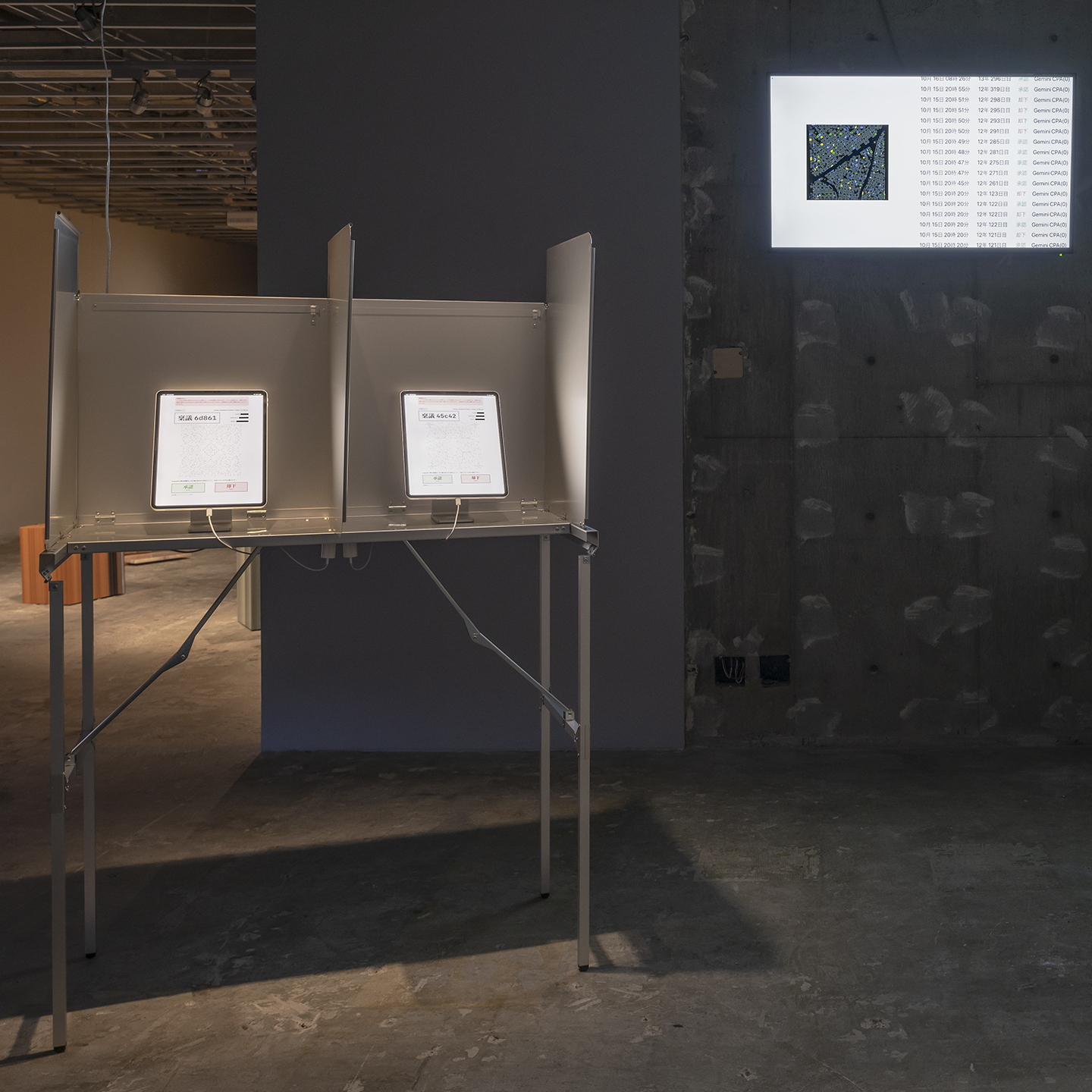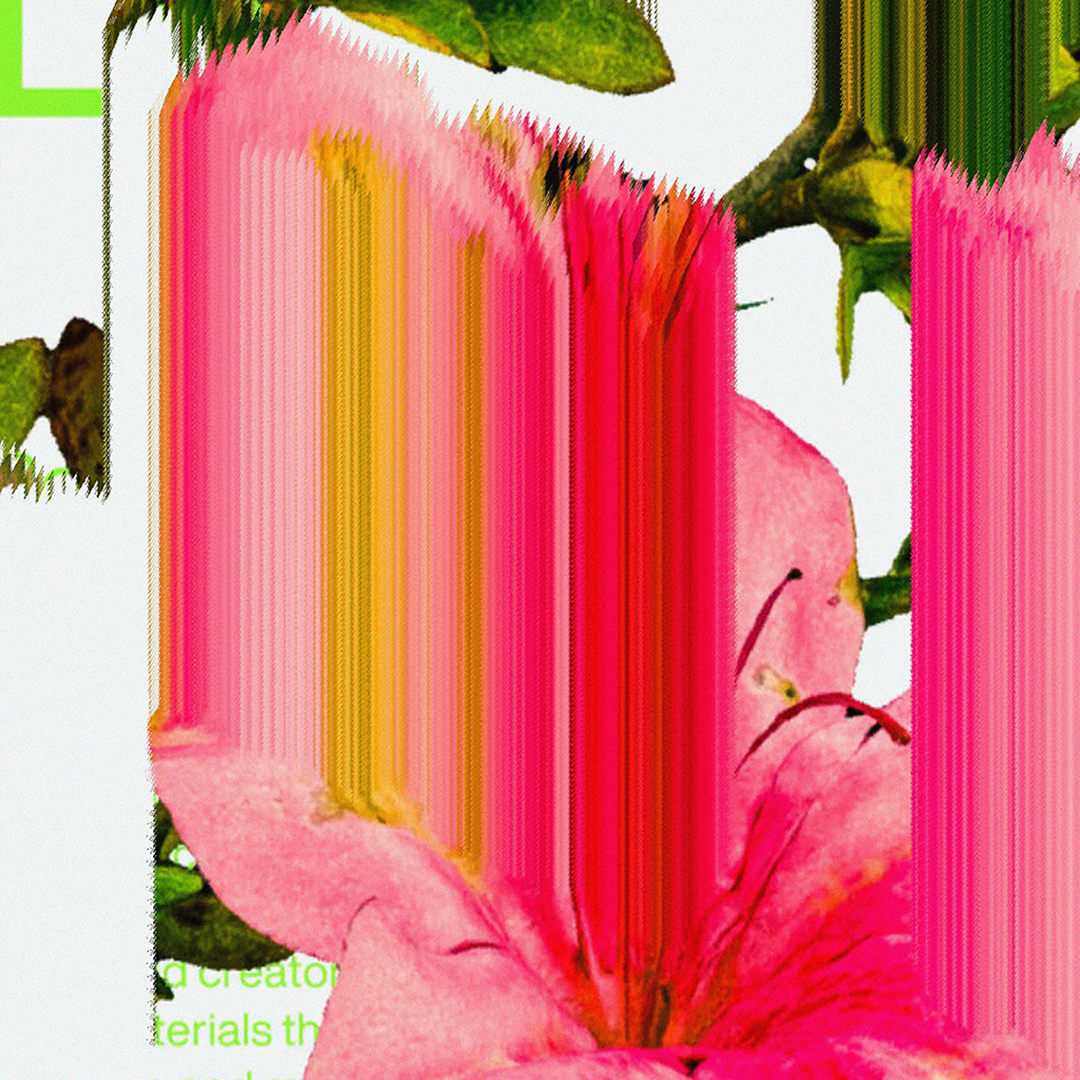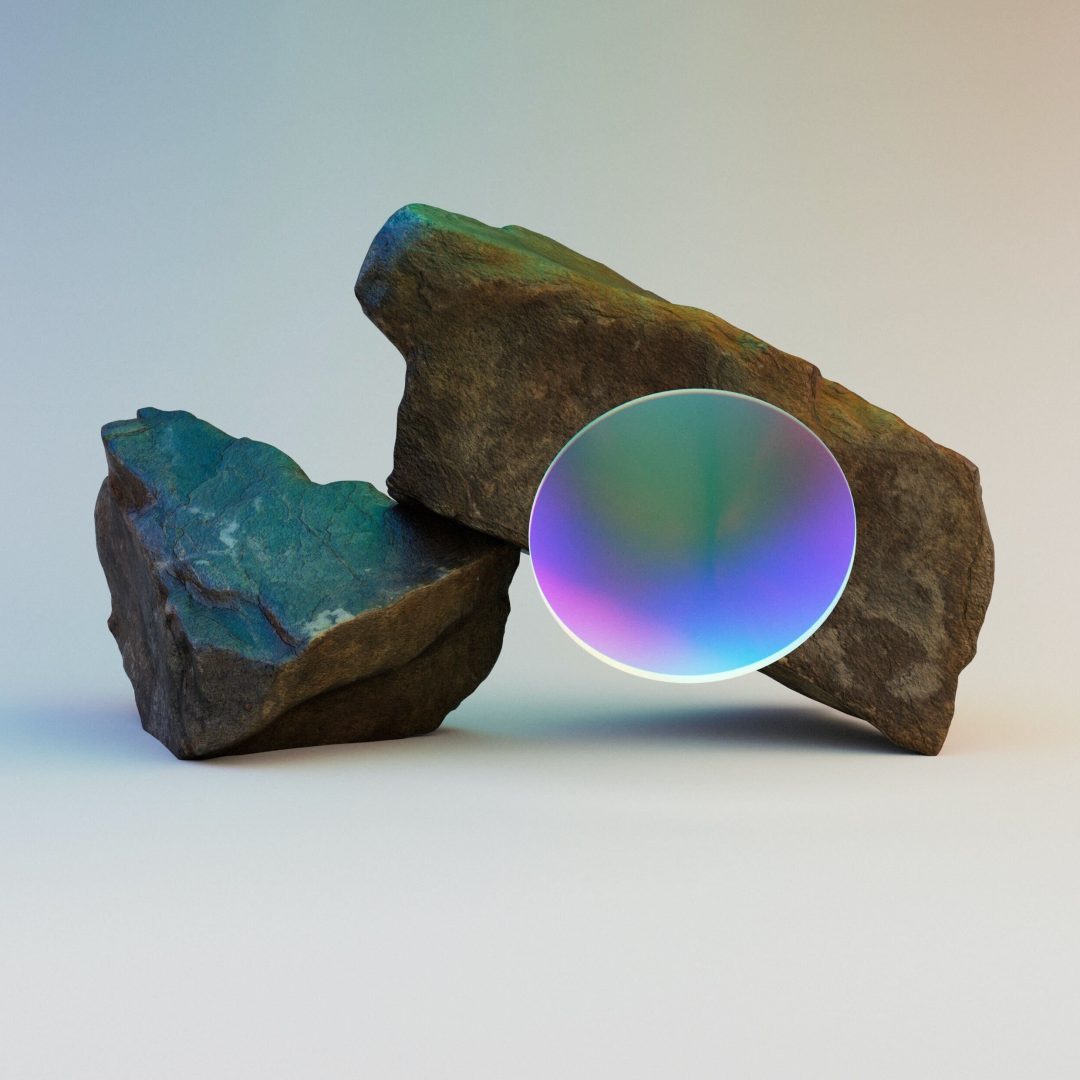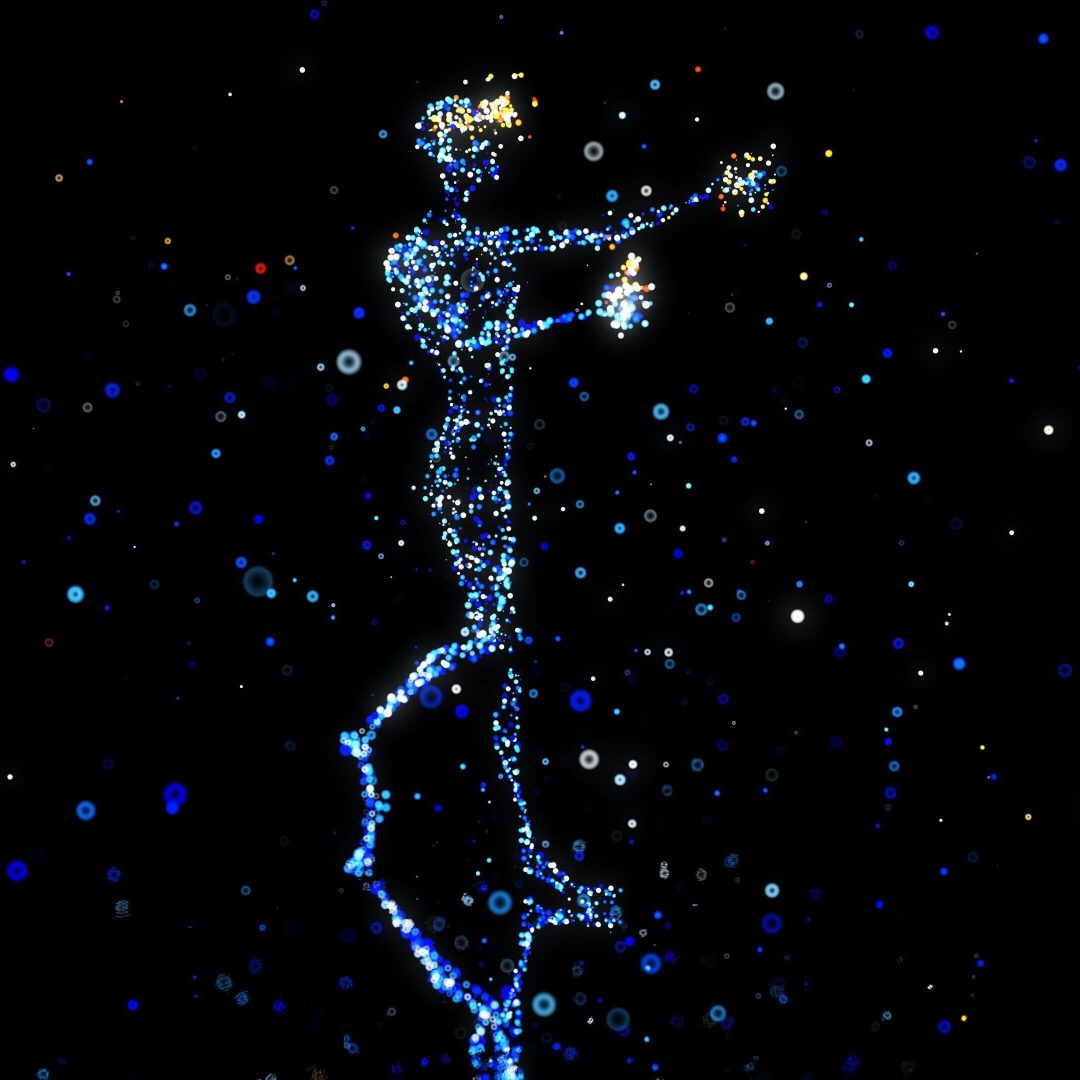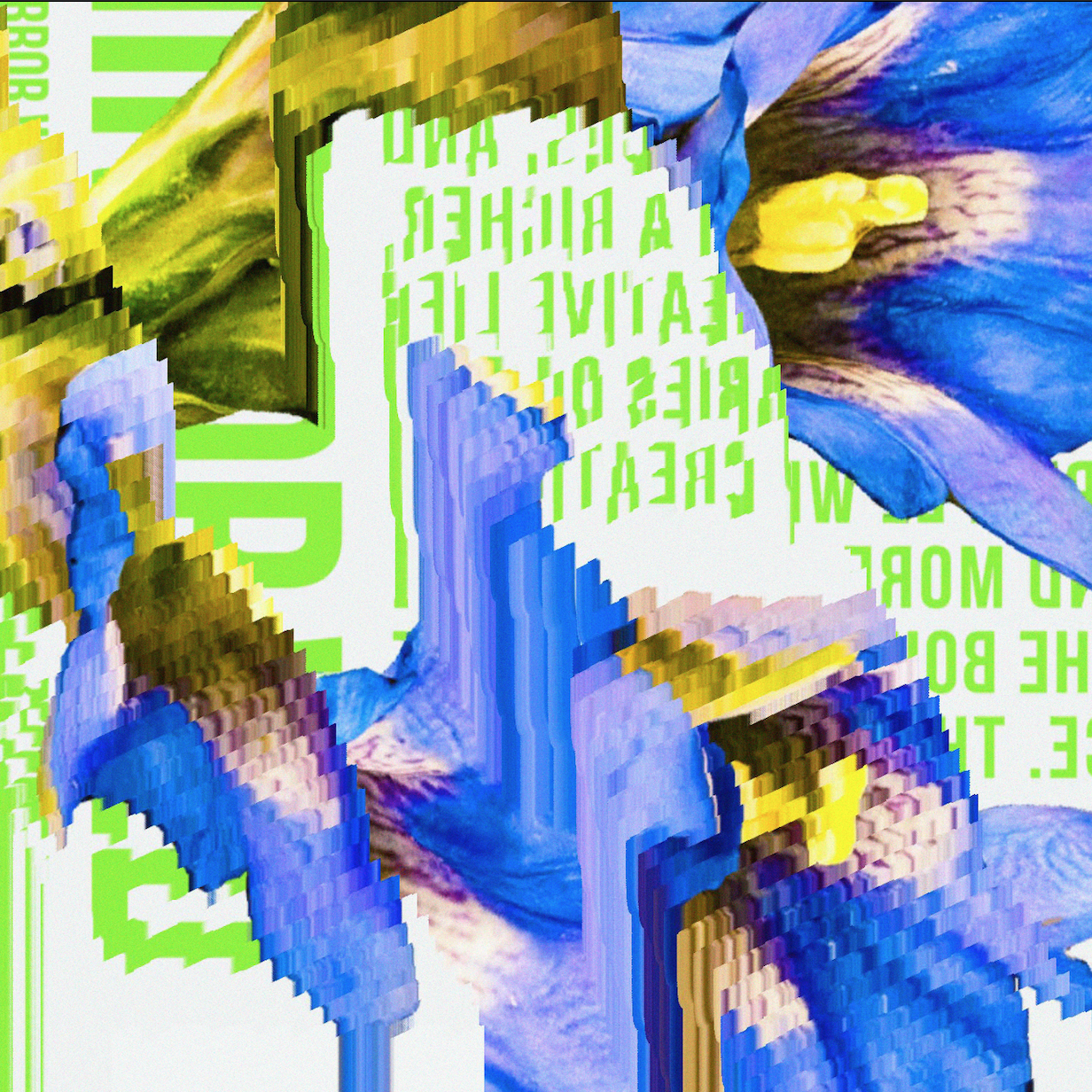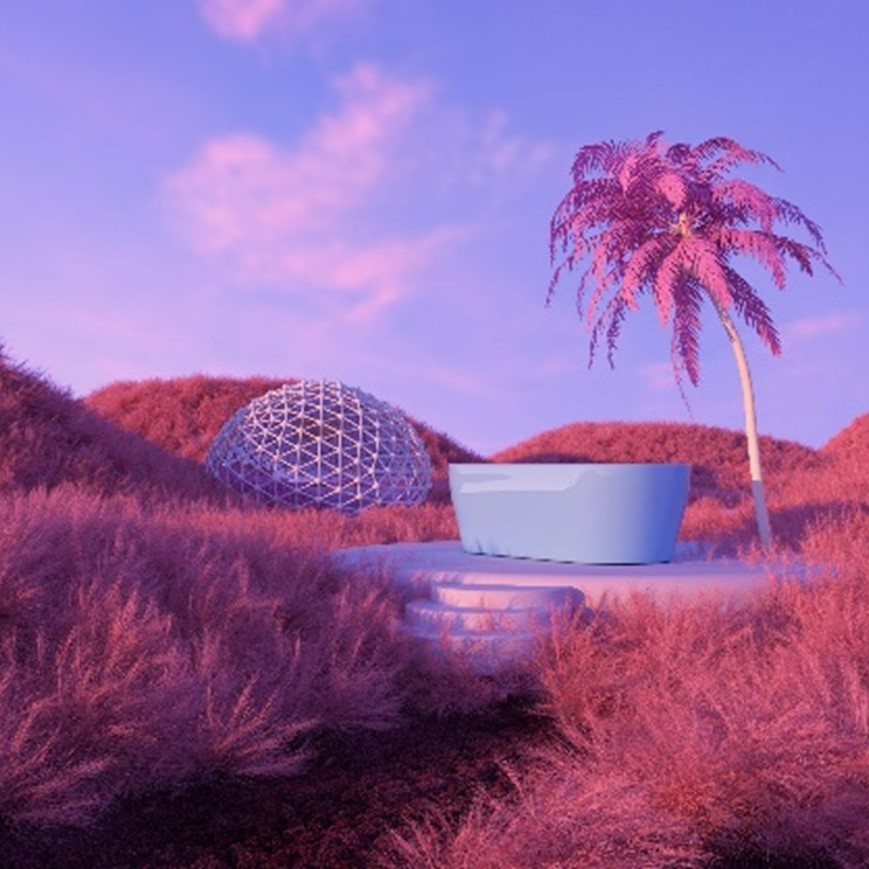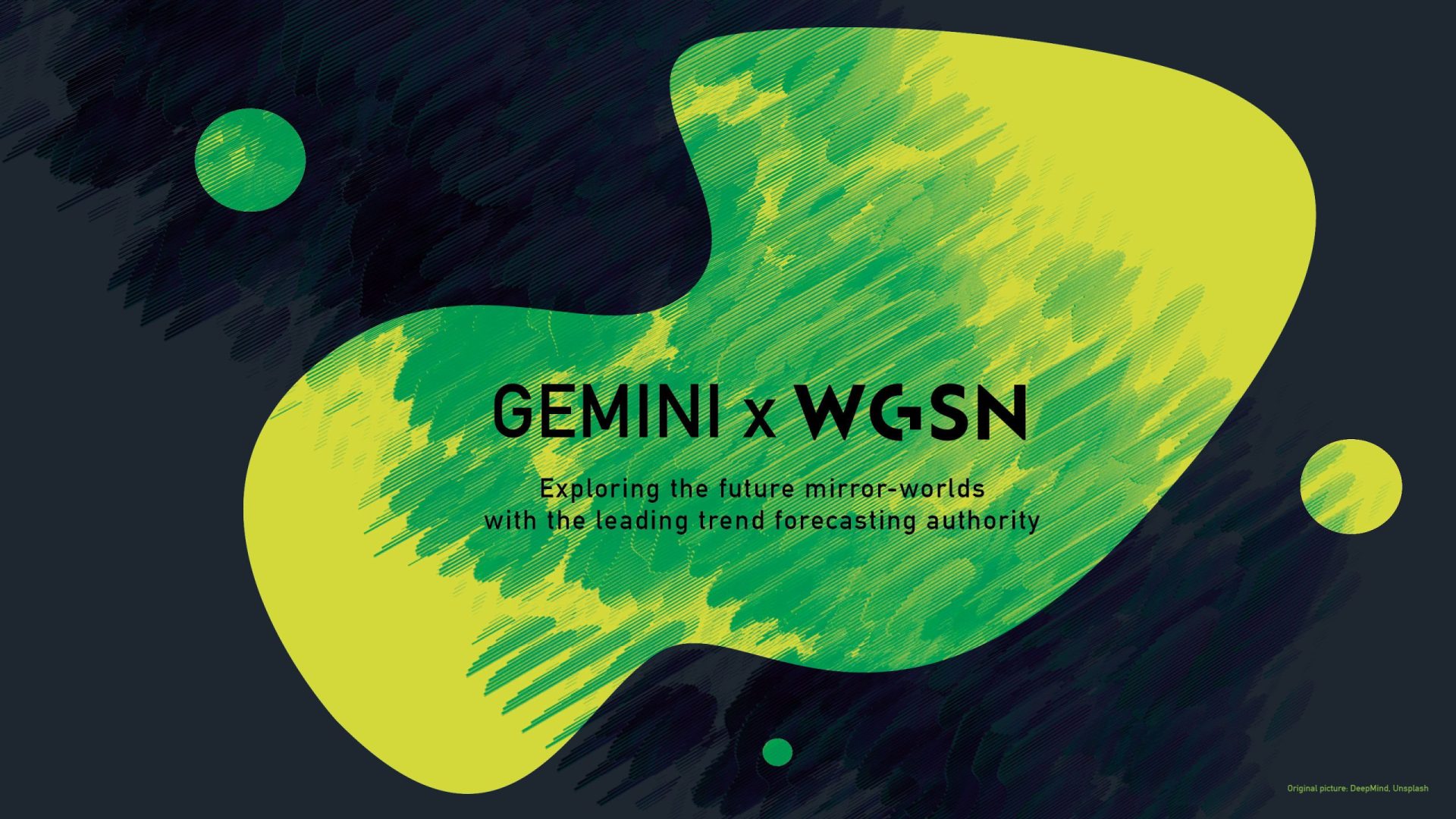“Virtual Photography” uses the in-game photo mode to take pictures of the play screen. If you search for images of games on SNS, you will be able to see a large number of works with powerful screen compositions that do not seem like scenes in play, and works so delicate and beautiful that they may be mistaken for the real thing. Photographer Yuichi Yokota is one of those who are fascinated by the suddenly booming field of virtual photography. Having photographed landscapes around the world and been featured in Apple advertisements, why did Yokota call himself a “virtual photographer” and why did he crossed the barrier between real and virtual photography? We spoke with him about its appeal and potential.
Play the photo mode as a photographer
─ How did Mr. Yokota, who originally focused on landscape photography, come into contact with virtual photography?
Yokota: It was a time when my photography work decreased due to COVID-19, and I had a lot of free time all of sudden. I had always loved games, but as an adult I was so busy that I didn’t have much time to play them. So I decided to use the self-restraint period as a “summer vacation for adults” and try playing a variety of games for the first time in a long while. The PS4 remake of “Shadow of the Colossus” that I played at that time was my first encounter with virtual photography.
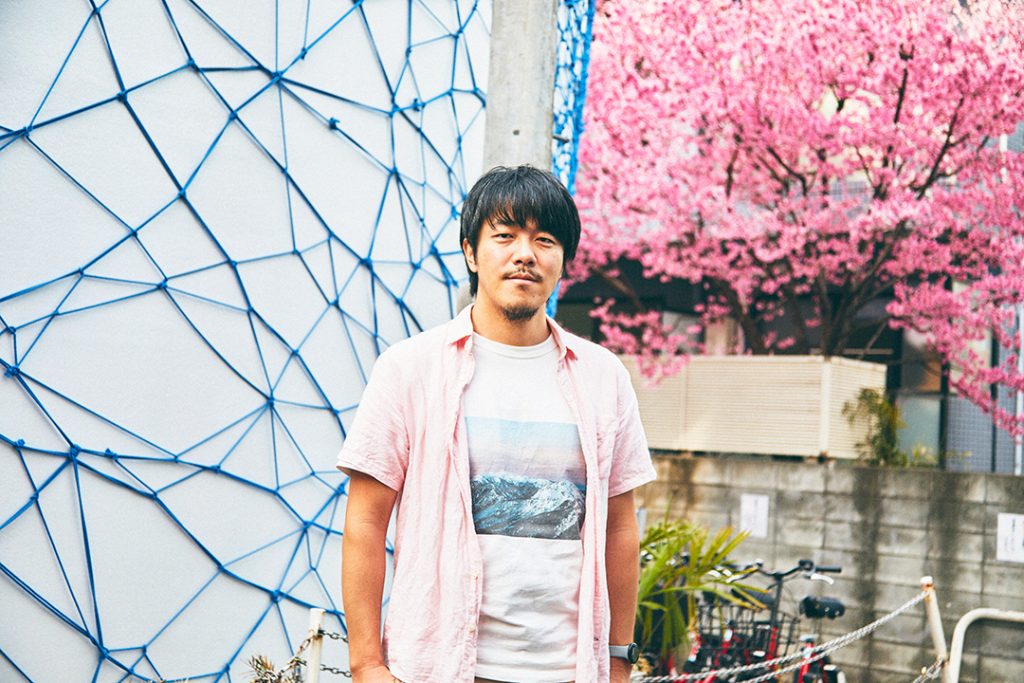
Yokota: I saw on the Internet that there used to be a photo contest for this work, and when I looked it up, I found that it apparently had a function called “photo mode.” I immediately tried it out and found it to be a much better photographic tool than I had expected. I immediately became interested in “what kind of pictures I could take with it if I put my skills as a photographer to use.”
At first, I uploaded them on SNS, and the response was quite positive, reaching the creators of “Shadow of the Colossus” and being published in game-related media. Users were interested to see “the way it looks when a professional photographer took the pictures”, which motivated me to take more pictures on various productions.
It can take an hour to take one photo.
We asked Mr. Yokota to select three virtual photographs that he has actually taken, to give us a concrete example of how he takes virtual photographs. The first one is a photo of “Final Fantasy VII Remake” (“FF7R”).
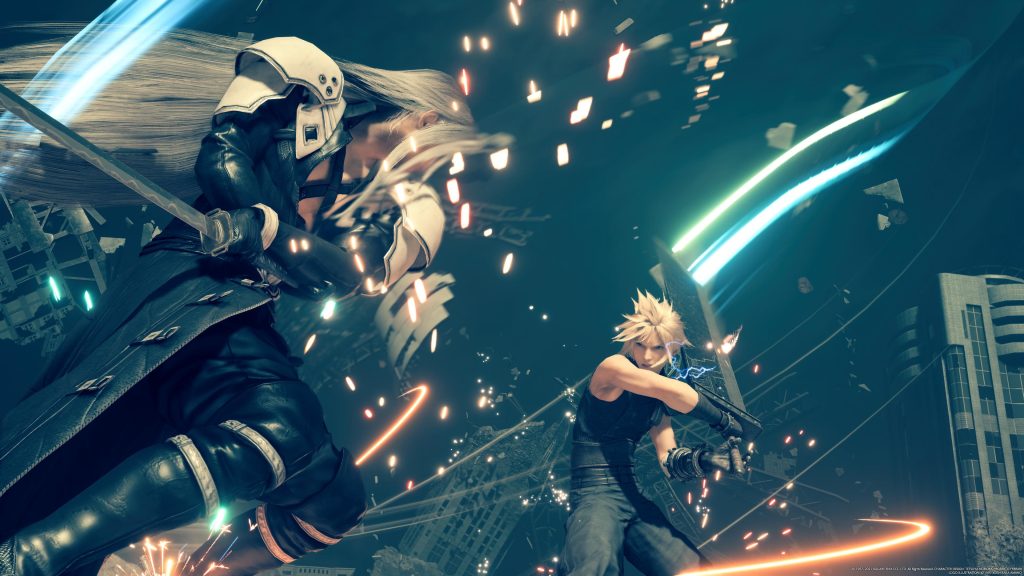
© 1997, 2020 SQUARE ENIX CO., LTD. All Rights Reserved.
CHARACTER DESIGN: TETSUYA NOMURA/ROBERTO FERRARI
Yokota: “FF7R” is a title with photo mode feature. I have always loved the “FF” series, so I was happy to be able to take cool pictures of my beloved characters.
In this photo, the main character Cloud is in the back and his rival Sephiroth is in the foreground to create depth. I decided on the composition of this picture by considering the motion of the rays of light coming from the sword and the expression on Cloud’s face.
─ I wonder if the light effects are not a processing function for filming, but caused by the actual combat action?
Yokota: Yes, it is something that actually occurs during play in the game. Incidentally, the photo mode in “FF7R” is not that flexible, and it is difficult to adjust angles in a continuous manner, so you have to play hard to create a good composition. For this photo, too, I had to redo it over and over again, and find the best timing through a bit of trial and error. I think it took me about 30 minutes to an hour to take one picture.
─ The second one is a picture of “Ghost of Tsushima”.
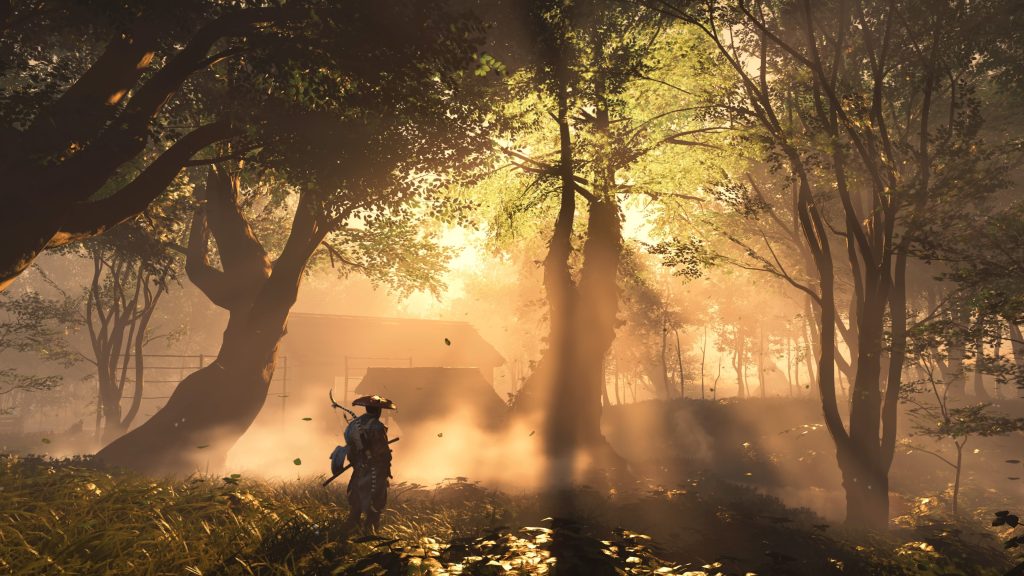
©2020 Sony Interactive Entertainment LLC. Developed by Sucker Punch Productions LLC.
Yokota: “Ghost of Tsushima” is a game by foreign creators influenced by Japanese period dramas. The graphics themselves are of course beautiful, but the game was supervised by experts in culture and customs, and the beauty of Japanese nature is wonderfully reproduced. To convey this charm, I chose to use a zoom out picture with impressive light and shadow.
The game’s photo mode is very good. For example, the weather, time of day, and wind strength can be adjusted quite finely, allowing you to freely take photos that are close to your ideal. In this photo, a samurai standing in the forest is fantastically rendered in a “dusk in the haze” situation.
The age of virtual cameras meeting real-life photography
─ Lastly, could you explain the photos of “Horizon Forbidden West”?
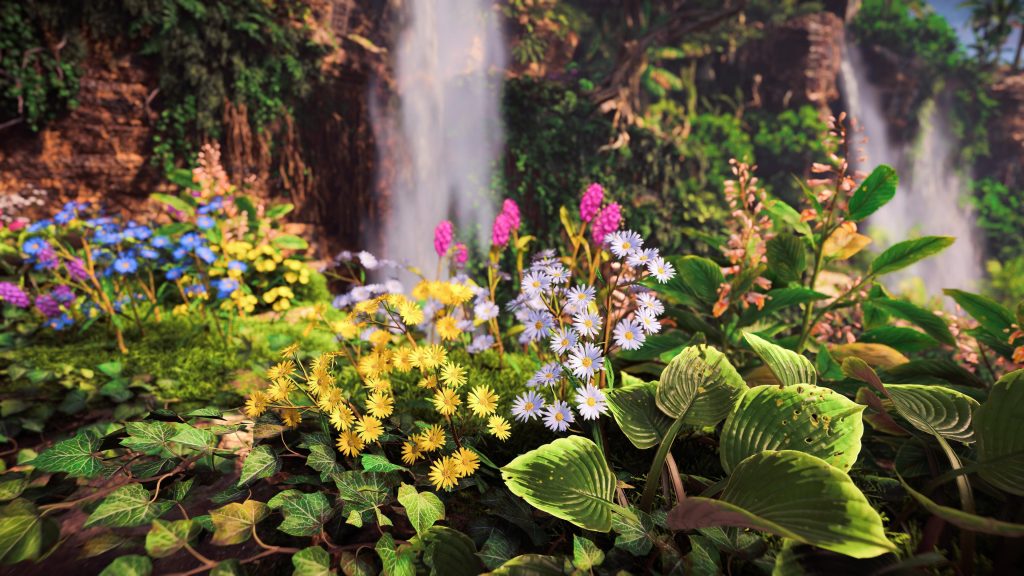
©2022 Sony Interactive Entertainment Europe. Developed by Guerrilla. Horizon Forbidden West is a registered trademark or trademark of Sony Interactive Entertainment LLC.
Yokota: This was actually taken in the field for the opening tutorial. Normally, you would just pass by it quickly, but I was surprised to see how perfectly even the plants and insects on the side of the road were created in such a place. You can feel the creators’ devotion in every detail.
Incidentally, in the photo mode of this work, you can select the focal length and aperture just as you can with a real camera lens. You can also change the depth of the subject and make it out of focus. This allows you to take pictures with the same sensation as you would in everyday photography.
However, while this setting is great for us photographers, it seems to be a hurdle for users who have not had much experience with real cameras. In fact, when I interact with users who take virtual photography, they often ask me to teach them about the lens settings. But from my point of view, I am surprised that they are able to take beautiful pictures in games without having ever touched a real camera. I thought that the number of people who encounter photography through games will probably increase in the future.
─ We have seen three virtual photographs so far, but I would like to ask you again about the characteristics that make them different from real photographs.
Yokota: It is great to be able to shoot from positions and angles that are impossible in reality. Especially in landscape photography, there are times when you cannot shoot from the best position due to the terrain, even if you have a spectacular view in front of you. I’m glad that in a game, I don’t have that limitation.
We can also combine weather phenomena that would be impossible in real life. In the “Horizon” series, there is a scene in which lightning is falling on a volcano while the aurora is visible. It is also impossible to photograph birds with the aurora in the background. In real life, the aurora is shot with a long exposure, with the shutter open all the time, and if a bird flies into the aurora, there will be essentially nothing left but an afterimage. But in a game, you can capture a bird stopped in motion. The combination of aurora and birds is only possible in a game.
─ This is a perspective that only Mr. Yokota, who has taken many landscape photographs, could have.
Yokota: When you try to take landscape photos overseas, you have to travel to the location and wait for several days until you get the scene you want. I think it is a good thing that I can skip that huge amount of time and effort, so I can easily experiment with the images I want to take.

Photo contests to boost virtual photography
─ As you mentioned in the case of “Shadow of the Colossus”, the manufacturers of games with such a sophisticated photo mode put a lot of effort into holding photo contests and the like.
Yokota: Now it has become a common practice. For example, in the case of “Ghost of Tsushima,” the manufacturer has a hashtag called “#TsushimaTuesday”. Every Tuesday, users upload photos taken in the photo mode, and the good ones are featured by the officials. It is very motivating for users to have their photos featured by the officials.
Overseas, there are also world-class contests such as “The Virtual Photography Awards”. I have the impression that it has become an established genre of photography, sponsored by the manufacturers. I feel that this is no longer a local fad, but a culture that is spreading.
─ I see that the movement has not yet reached that level in Japan, but what do you see as the bottleneck in the spread of virtual photography in the future?
Yokota: We can’t ignore the issue of rights after all. Some people have asked us to exhibit virtual photography and sell prints, but it’s not easy at the moment. For example, Sony Interactive Entertainment (SIE) owns all the rights to PS5, so if we want to do it commercially, we need to get permission. If, for example, such rights could be licensed and a portion of the proceeds returned to the manufacturer, I think it would be a lot more exciting in the future.
─ If the rights issue is resolved, is there any project you would like to do using virtual photography?
Yokota: I would love to hold a virtual photography exhibition. There are already exhibitions in virtual worlds such as VRChat, but I would like to show my work in a real space. It is a totally different experience to see a photo on an SNS on your smartphone and to see a large print of a photo in a real space. If no one else does it, I would be willing to do it for free.

Wave of virtual photography in VR space
─ You mentioned VRChat, but I think that as a trend in virtual photography, photos taken in VR spaces are gaining as much momentum as photos taken in games. Yokota-san, you used to be a judge for the “VR Photo Contest,” but can you tell us more about photography in VR space?
Yokota: The kind of game photography I usually take is sometimes called “in-game photography,” but currently both game photography and VR space photography are called “virtual photography”. VR space is also an interesting subject for photography because it offers a variety of landscapes that would be impossible in reality. In fact, I have the impression that more and more people are working as virtual photographers in the VRChat area.
At the time of the contest, I was conscious of the fact that I was invited as a “professional photographer and virtual photographer,” so I simply judged the photos based on whether they were outstanding. Many of the other judges were familiar with the communication aspects of VRChat, so I decided to leave the photos that showed the appeal of the avatars to them. As a result, I ended up selecting many photos that showed the world in a zoom out.
─ What would you like to do in the VR space?
Yokota: It would be interesting to have a photo walk in the virtual world. In the real world, you have to schedule a photowalk and visit the location. It is fun as an activity, but it is a bit difficult to get everyone together casually. But with a virtual walk, you can participate from anywhere. It might be interesting to hold a photography class in VRChat for those who want to take virtual photographs.
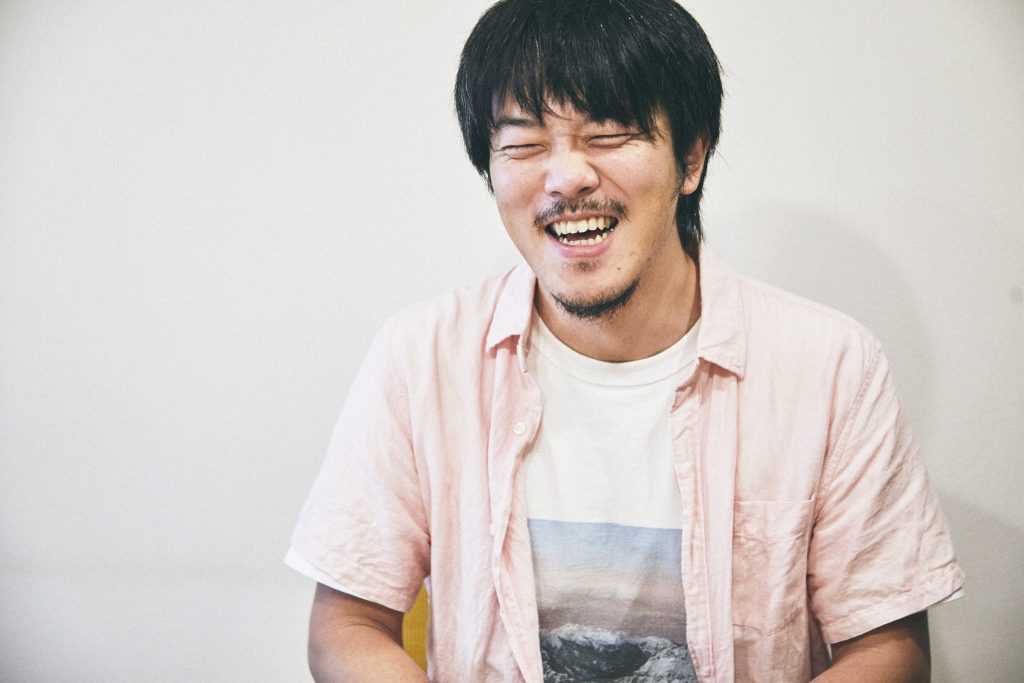
─ What are some of your future challenges in virtual photography?
Yokota: I would be happy to be involved in an official art book for a manufacturer. Overseas, there are cases where virtual photographers participate as advisors in the development of photo modes, so I would love to take on the challenge if such an opportunity arises. In the “Horizon” series that I mentioned earlier, I was involved in the campaign photography, and I would like to be more involved in virtual photography for promotional purposes.
─ Lastly, what do you think is needed for virtual photography to become more widespread in the future?
Yokota: I have always thought that “The more wonderful the game is, the more I want it to have a photo mode,” but there are still many well-known titles that do not have a photo mode. Of course, you can take screenshots, but it is not enough to create a single photo as a work of art. If the photo mode becomes established and the enjoyment of “taking pictures with your favorite games” spreads, I think virtual photography will become even more exciting.
Guest Profile
-
Yuichi Yokota
Yuichi Yokota
Born in Koriyama City, Fukushima Prefecture in 1985, photographer living in Setagaya Ward, Tokyo, began working professionally in 2010. Specializes in bold yet delicate pictures that convey the scale of magnificent nature. Mainly photographs landscapes in Japan and abroad. In addition to taking photographs related to tourism promotion and regional development, he also writes articles and conducts PR projects on SNS and other web media. Through photography, he conveys to the world the charm of local landscapes, cultures, and people, both in Japan and abroad.
Co-created by
-
Tomoya Matsumoto
Writer
Tomoya Matsumoto
Writer
Born in 1992. Does everything from public relations writing to column writing. His main areas of interest are East Asian pop culture and language culture. Contributed to "I Thought About Idols While Struggling Gender/Personality/Favorite Idols" (Seikyusha, 2022) and "Idol Studies Perspectives, Questions, and Methods for Research" (Akashi Shoten, 2022).
- Twitter: https://twitter.com/matsutom0
-
Wataru Suzuki
Photographer
Wataru Suzuki
Photographer
Born in Sendai City, Miyagi Prefecture. Loves mountains, baseball, and cats.
Tag
Share
Discussion
Index
Index
Archives
Recommend
Recommend
Recommend
Recommend
Recommend
-

{ Prototype }
GEMINI Laboratory GLOBAL DESIGN AWARDS WINNERS ANNOUNCEMENT
GEMINI Laboratory GLOBAL DESIGN AWARDS WINNERS ANNOUNCEMENT
GEMINI Laboratory GLOBAL DESIGN AWARDS WINNERS ANNOUNCEMENT
-

{ Prototype }
A Digital Twin That Degrades Over Time ─ Yasushi Sakai “GEMINI EXHIBITION: Debug Scene” Artist Interview 01
A Digital Twin That Degrades Over Time ─ Yasushi Sakai “GEMINI EXHIBITION: Debug Scene” Artist Interview 01
A Digital Twin That Degrades Over Time ─ Yasushi Sakai “GEMINI EXHIBITION: Debug Scene” Artist Interview 01
-

{ Community }
Colour Evolution & Mirror-World Series
Colour Evolution & Mirror-World Series
Colour Evolution & Mirror-World Series
-

{ Special }
Joy 3.0 – Building Happiness in the mirror-world
Joy 3.0 – Building Happiness in the mirror-world
Joy 3.0 – Building Happiness in the mirror-world
Hot topics
Hot topics
Hot topics
Hot topics
Hot topics
-

{ Community }
What is XR Film? Experience the Future of Visual Expression at the ‘Beyond the Frame Festival’
What is XR Film? Experience the Future of Visual Expression at the ‘Beyond the Frame Festival’
What is XR Film? Experience the Future of Visual Expression at the ‘Beyond the Frame Festival’
-

{ Community }
What is ethical fashion? Three brands to check out and the sustainable way to dress
What is ethical fashion? Three brands to check out and the sustainable way to dress
What is ethical fashion? Three brands to check out and the sustainable way to dress
-

{ Community }
‘First year of digital fashion’ has come. Change of clothing through ANREALAGE and the image of the future designer
‘First year of digital fashion’ has come. Change of clothing through ANREALAGE and the image of the future designer
‘First year of digital fashion’ has come. Change of clothing through ANREALAGE and the image of the future designer
-

{ Community }
Interview with Oriza Hirata, Playwright, about the Difference between Robots and Humans. Why Do People Fear Technology?
Interview with Oriza Hirata, Playwright, about the Difference between Robots and Humans. Why Do People Fear Technology?
Interview with Oriza Hirata, Playwright, about the Difference between Robots and Humans. Why Do People Fear Technology?
-

{ Community }
Dr. Yukinori Kawae, Archaeologist/Egyptologist, Talks About The Essence Of Research, Including Concerns About The “God’s Perspective” Brought About By Technological Evolution.
Dr. Yukinori Kawae, Archaeologist/Egyptologist, Talks About The Essence Of Research, Including Concerns About The “God’s Perspective” Brought About By Technological Evolution.
Dr. Yukinori Kawae, Archaeologist/Egyptologist, Talks About The Essence Of Research, Including Concerns About The “God’s Perspective” Brought About By Technological Evolution.
-

{ Community }
Liam Wong, Photographer of the Future: Two Expectations for the Future of the Design Industry
Liam Wong, Photographer of the Future: Two Expectations for the Future of the Design Industry
Liam Wong, Photographer of the Future: Two Expectations for the Future of the Design Industry
-

{ Community }
Scenting the metaverse with olfactory futurist, Olivia Jezler
Scenting the metaverse with olfactory futurist, Olivia Jezler
Scenting the metaverse with olfactory futurist, Olivia Jezler
Special
Special
Special
Special
Special
Featured articles spun from unique perspectives.
What Is
“mirror world”...
What Is
“mirror world”...
What Is
“mirror world”...
What Is
“mirror world”...
What Is
“mirror world”...
“mirror world”... What Is
“mirror world”... What Is
“mirror world”... What Is
“mirror world”... What Is
“mirror world”...
Go Down
Go Down
Go Down
Go Down
Go Down
The Rabbit
The Rabbit
The Rabbit
The Rabbit
The Rabbit
Hole!
Hole!
Hole!
Hole!
Hole!
Welcome To Wonderland! Would You Like To Participate In PROJECT GEMINI?

